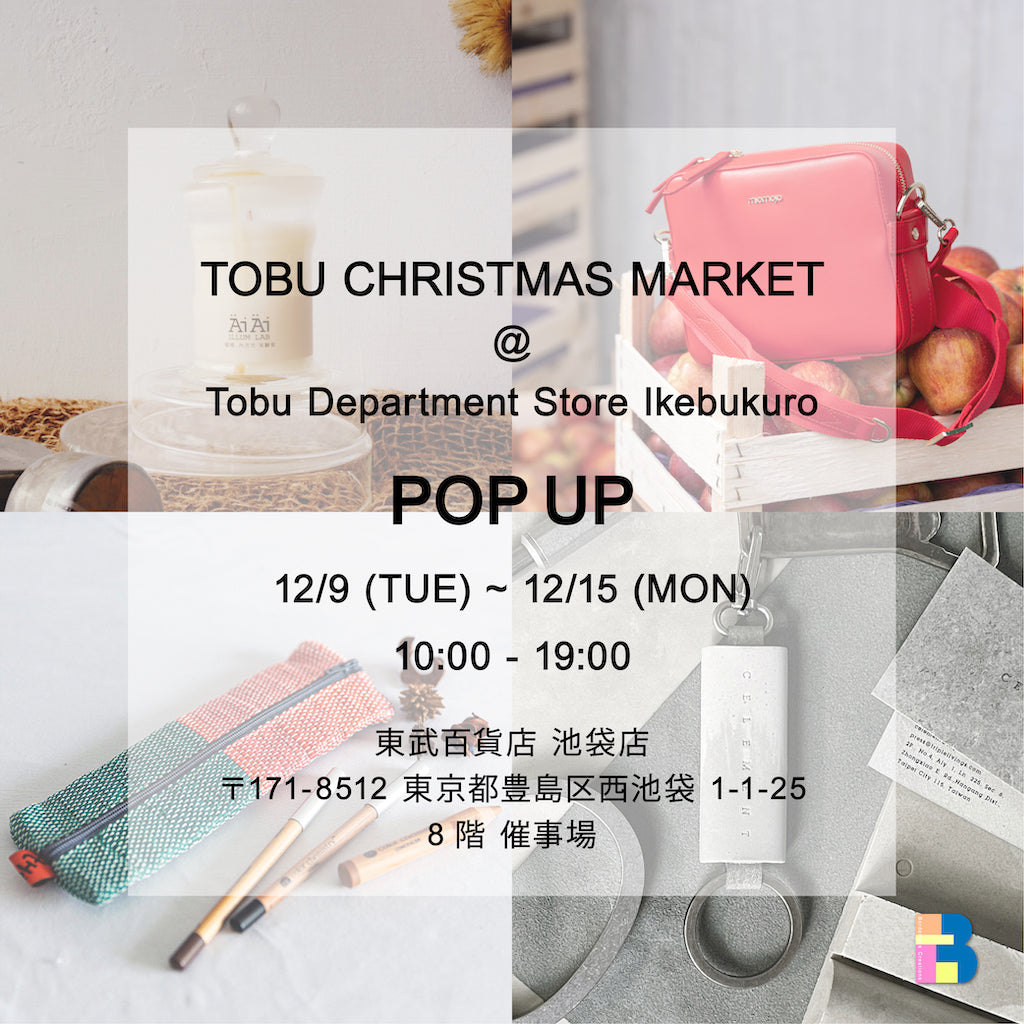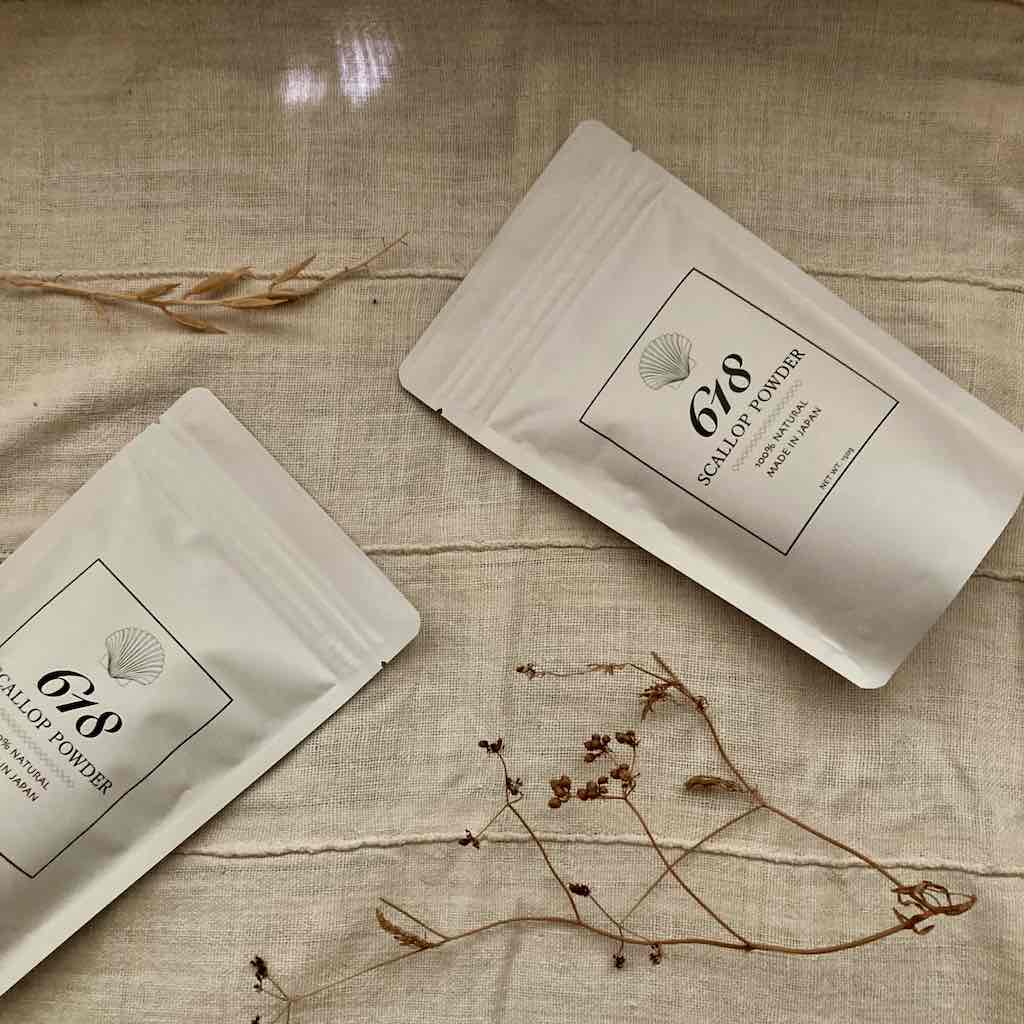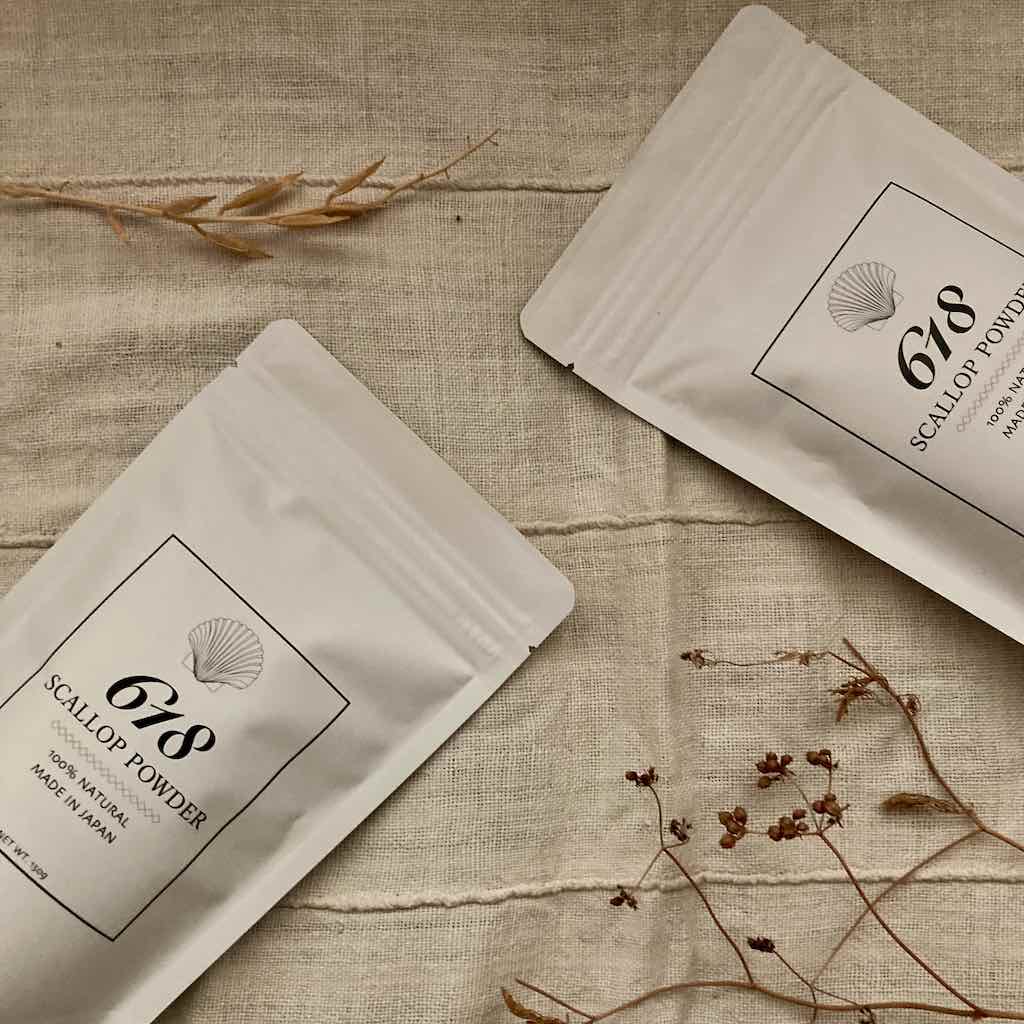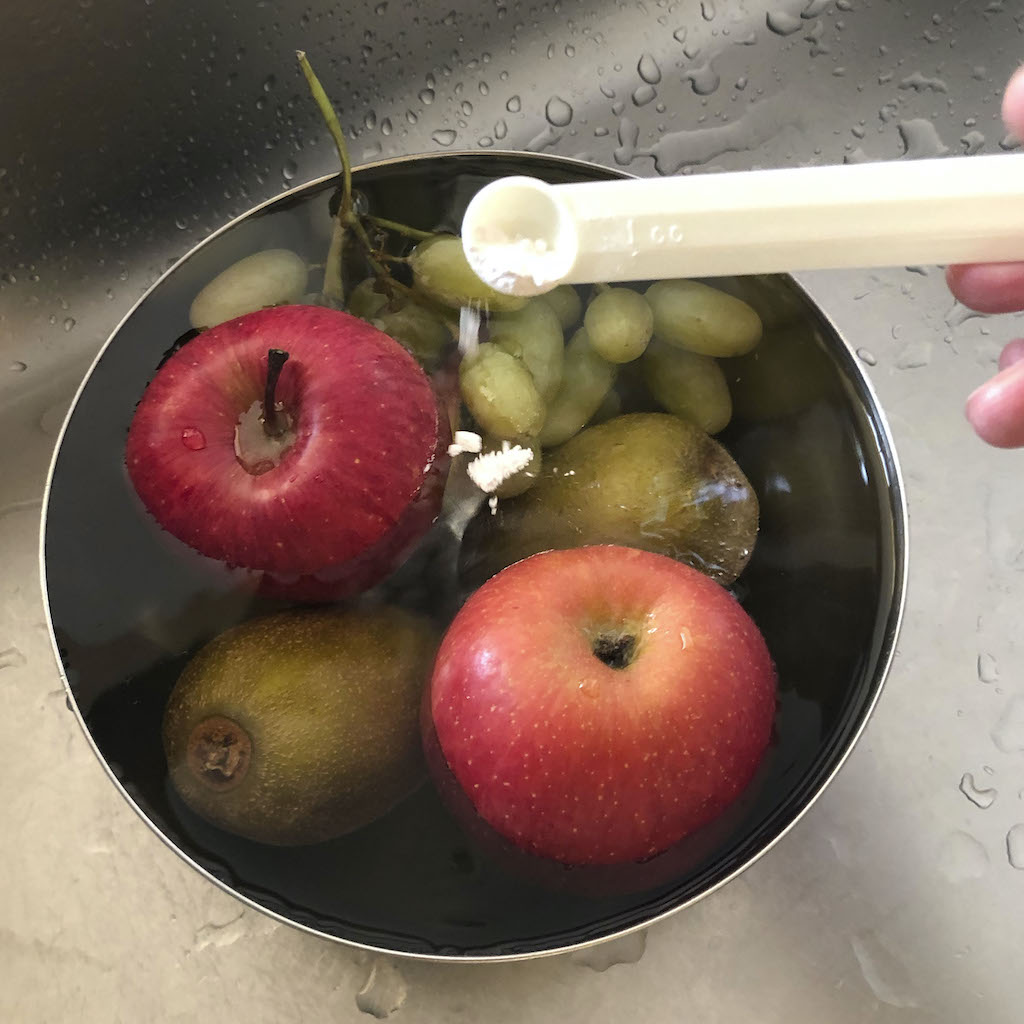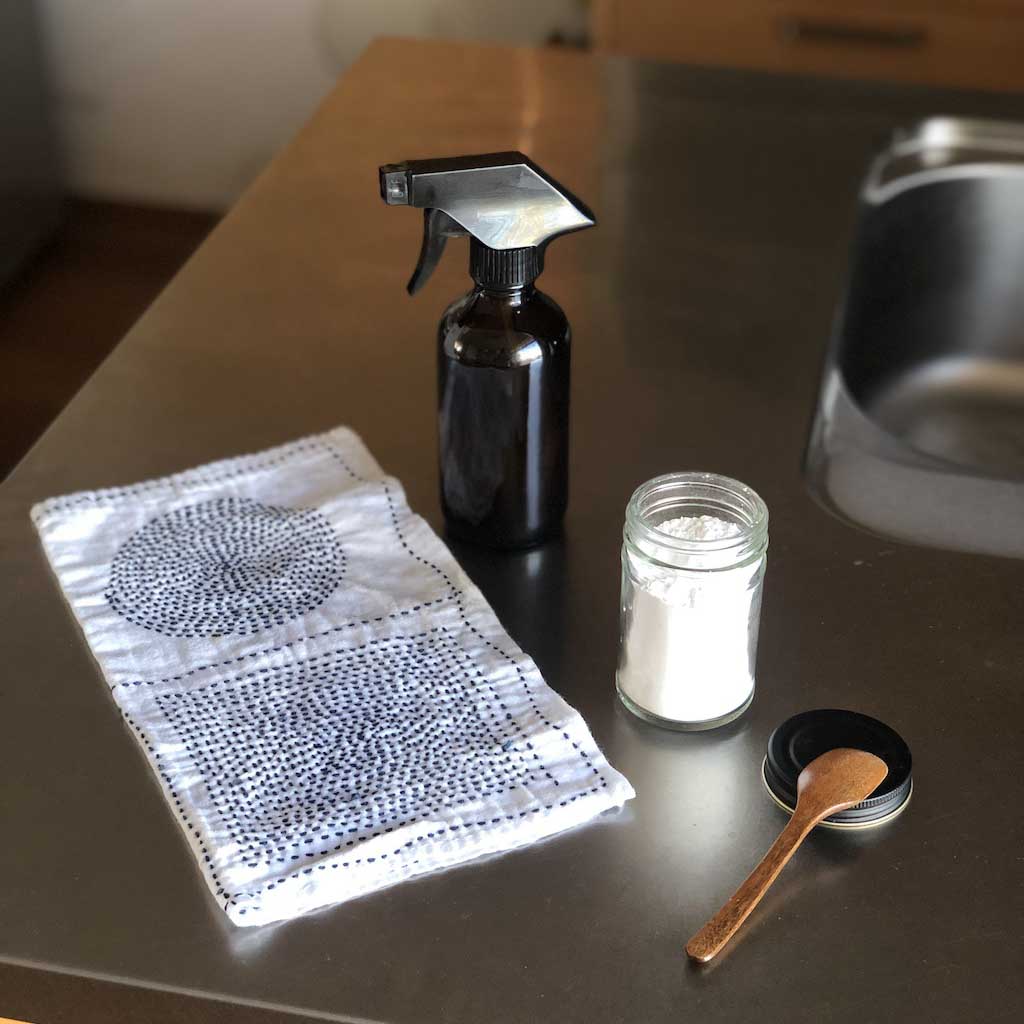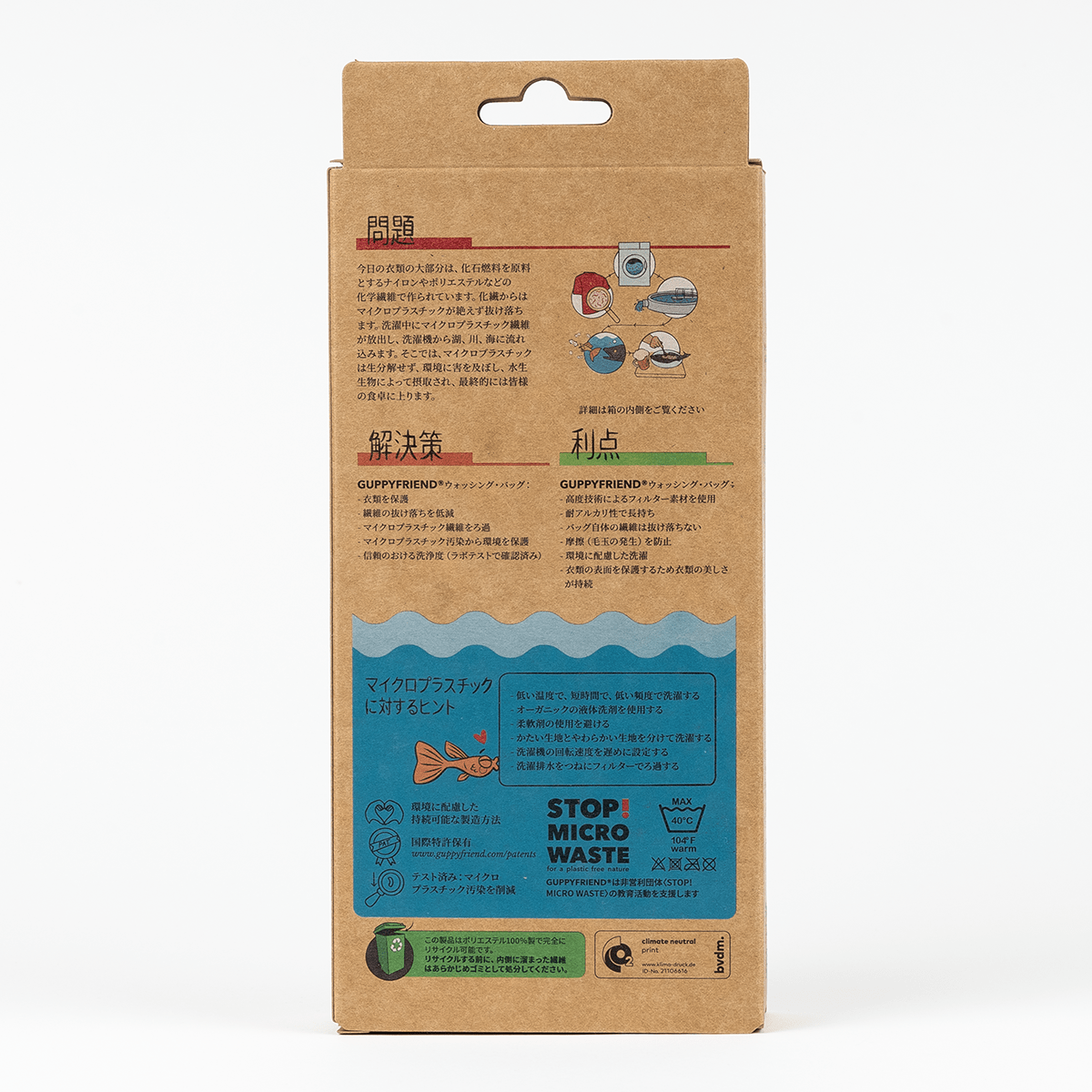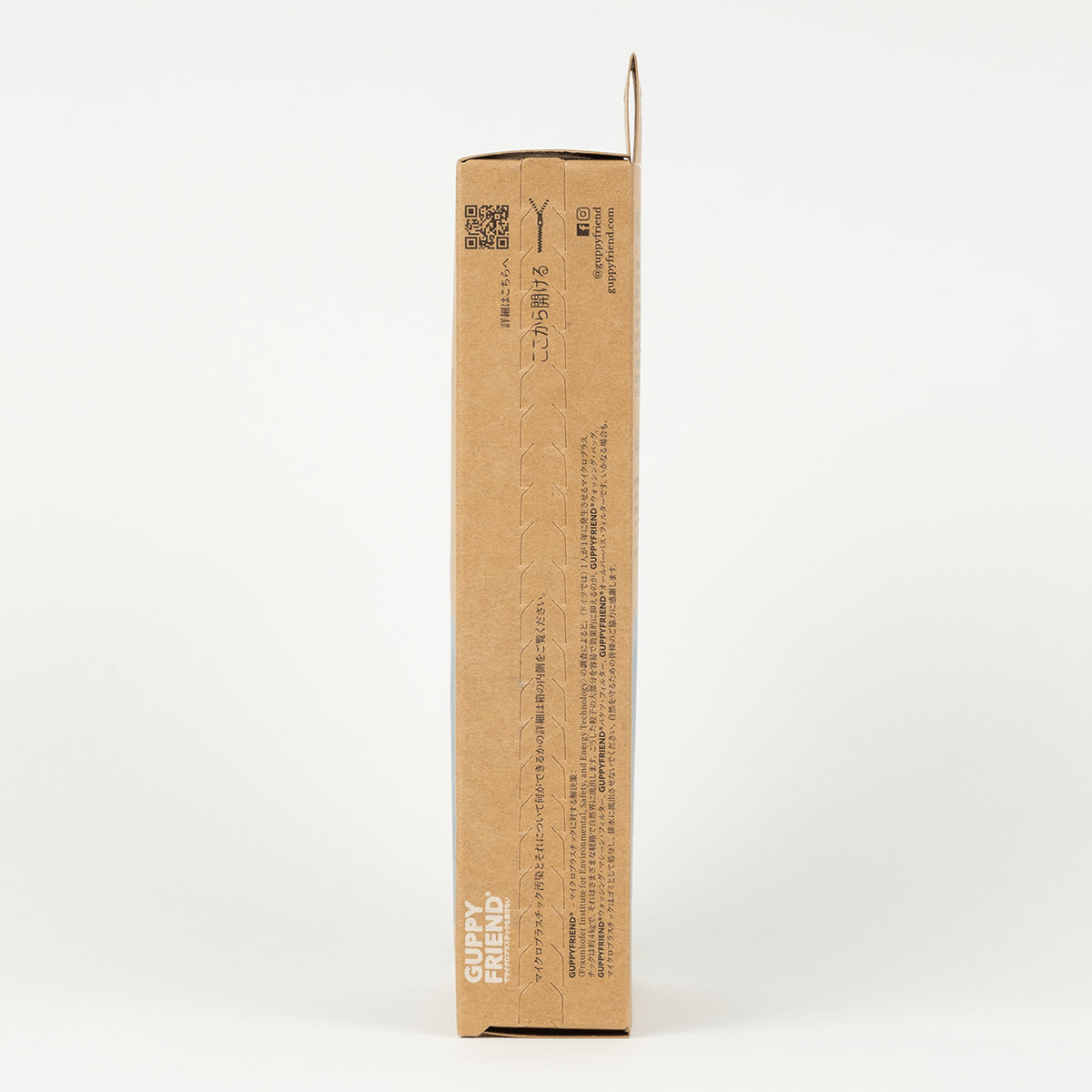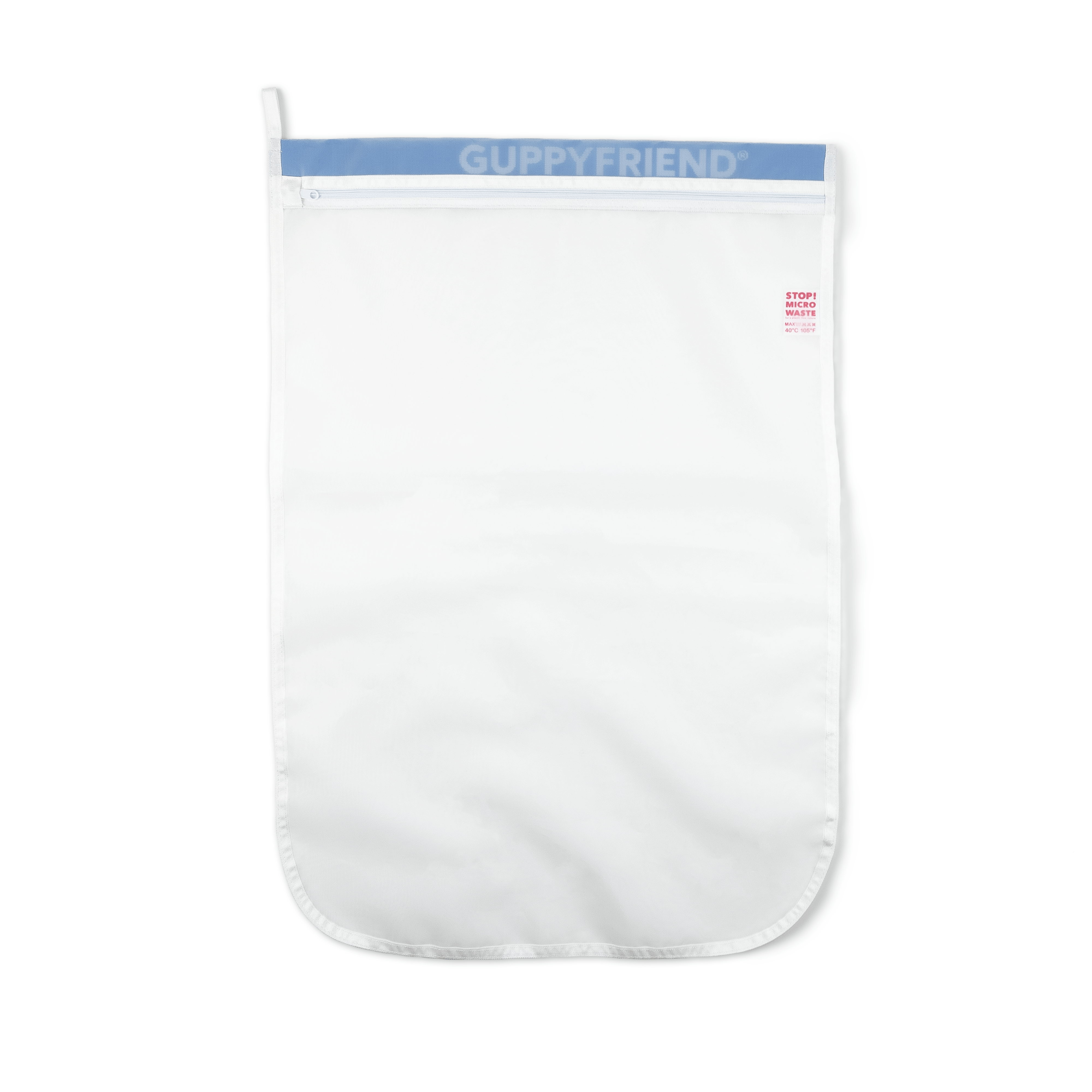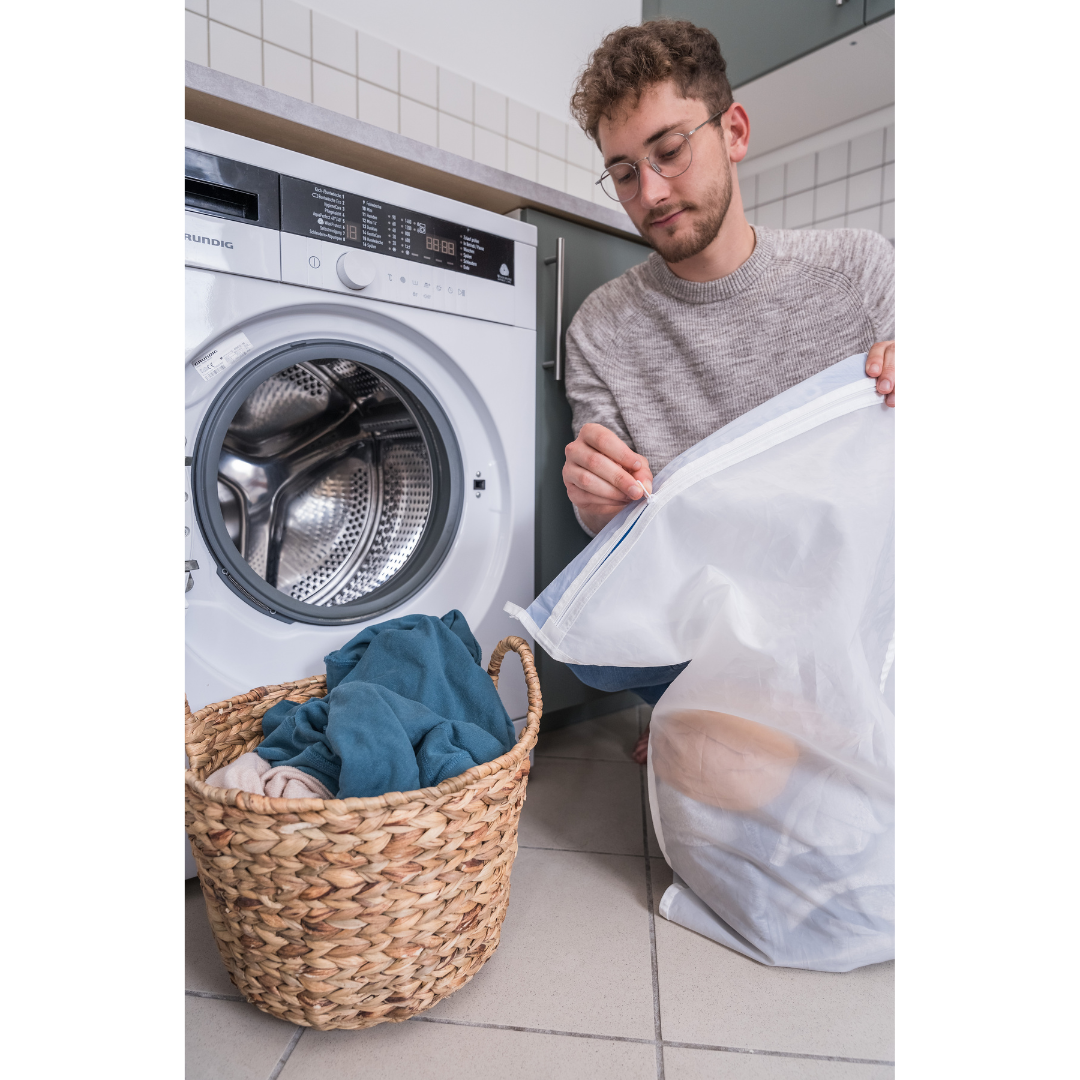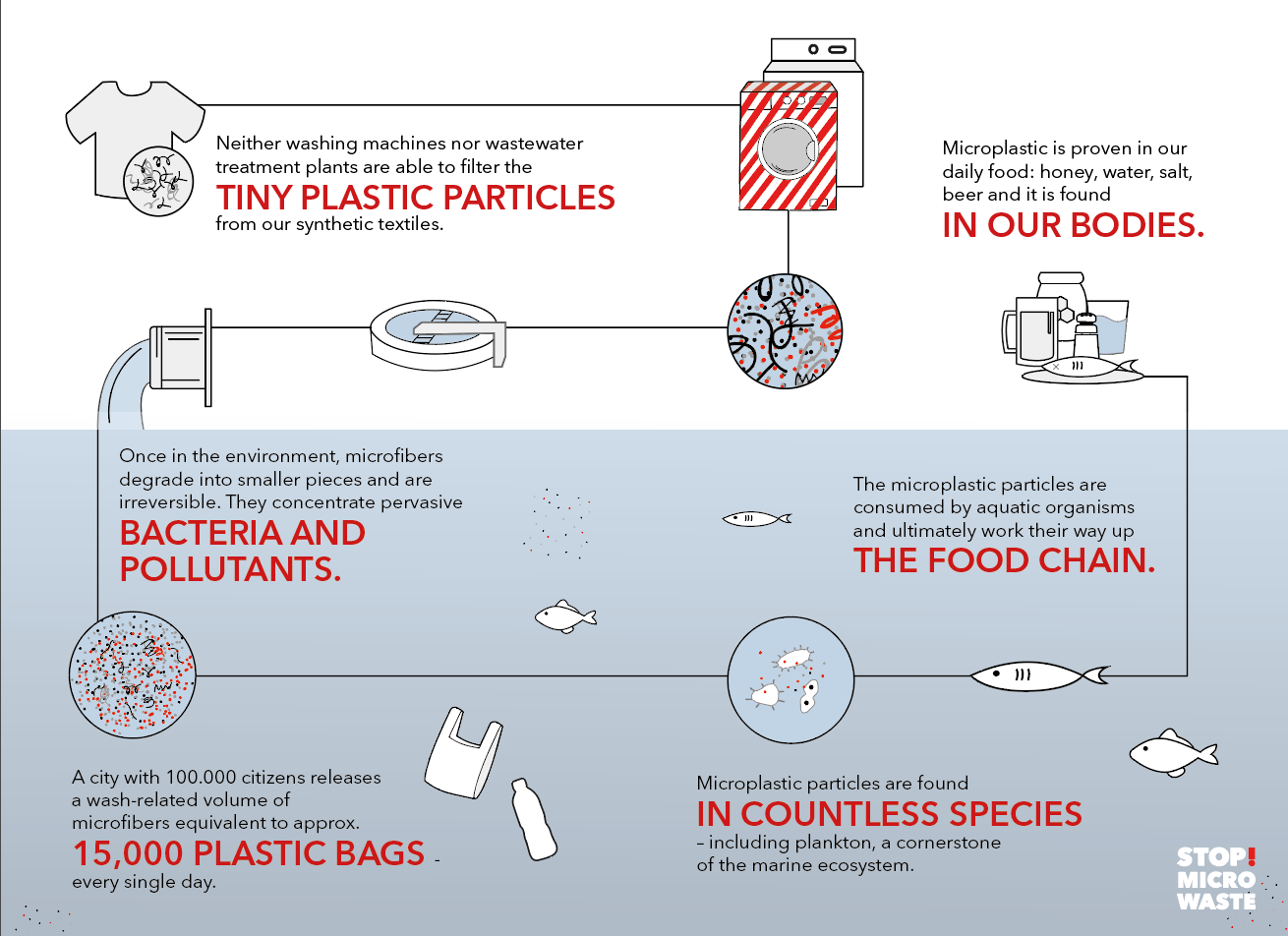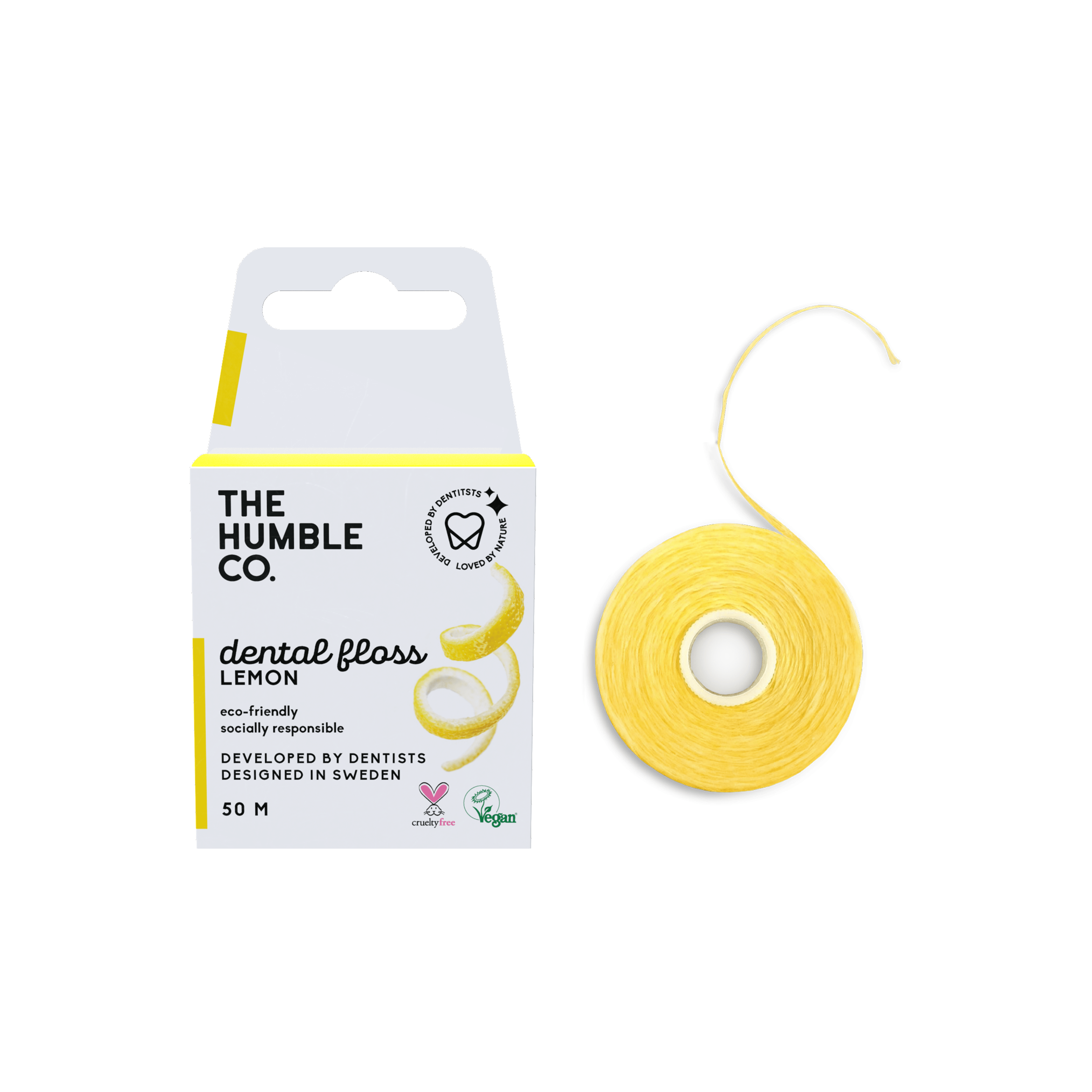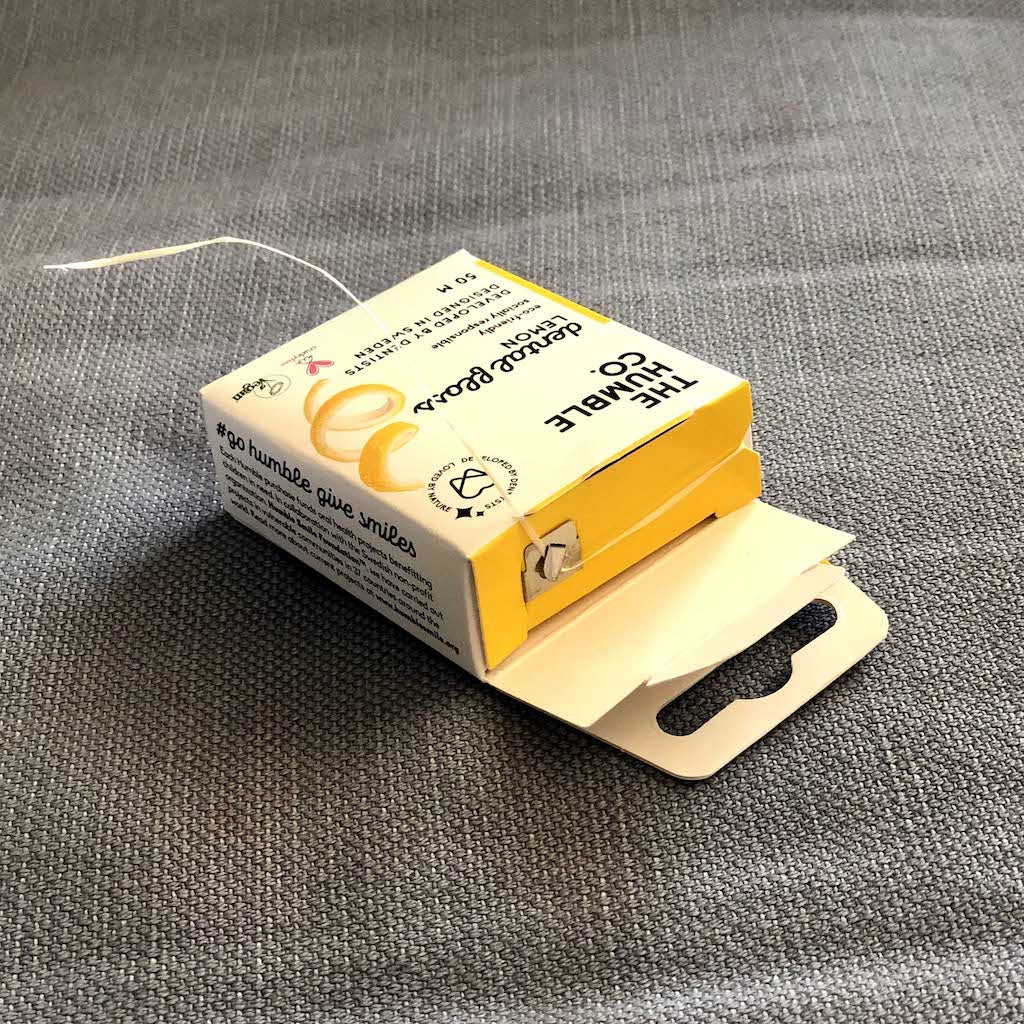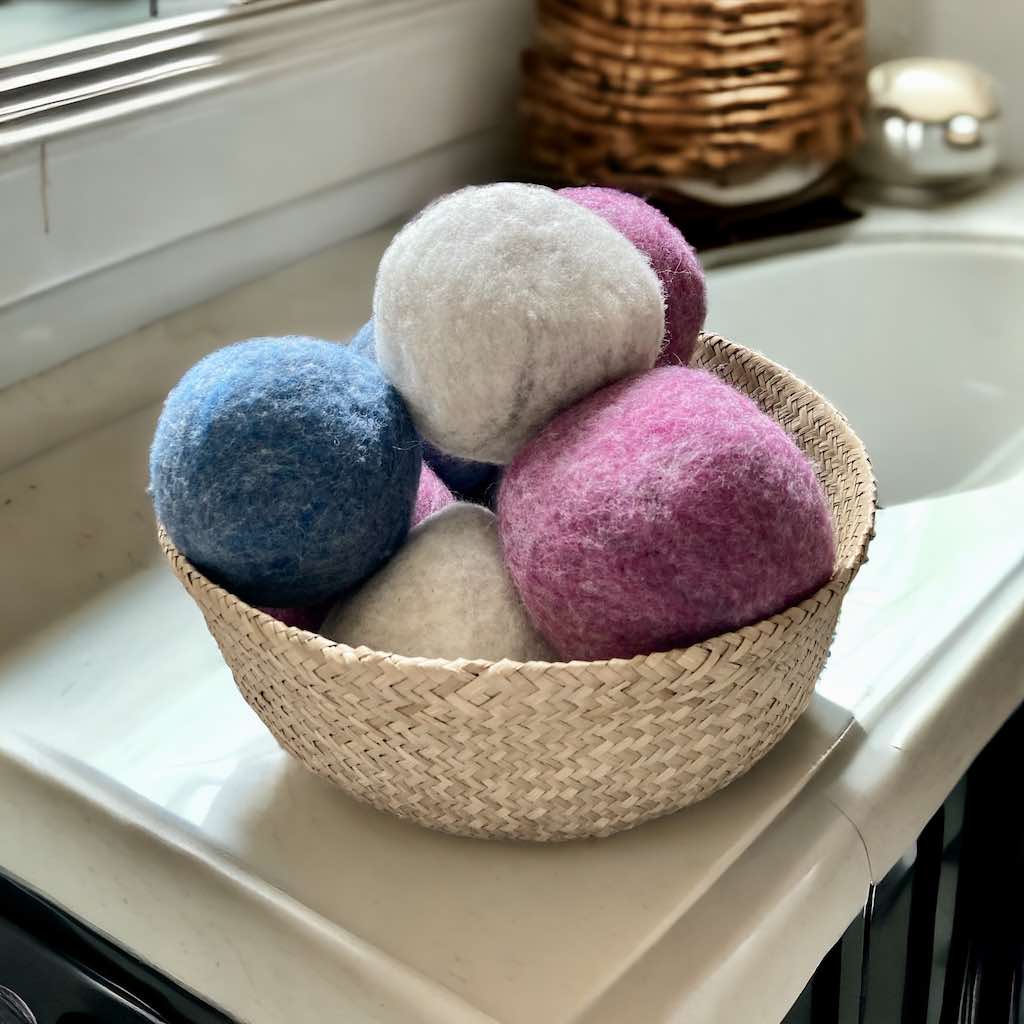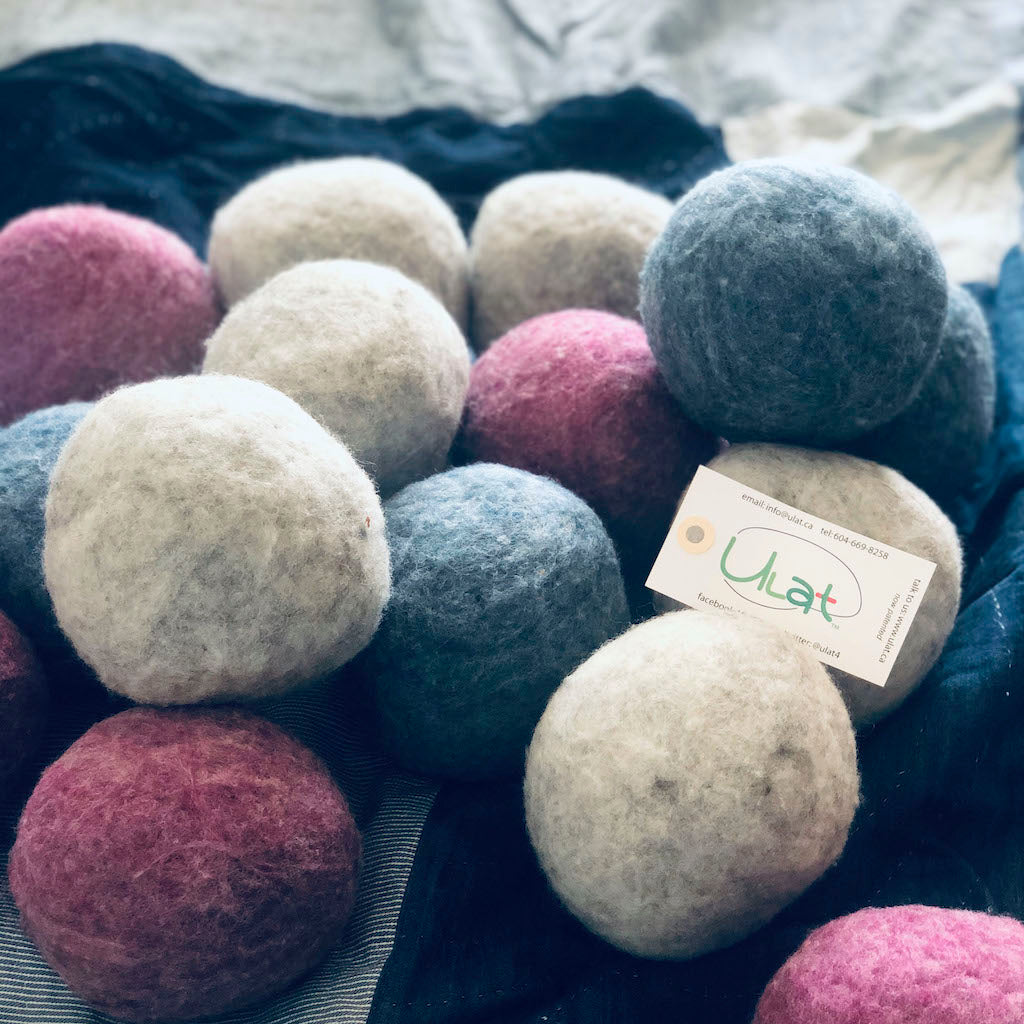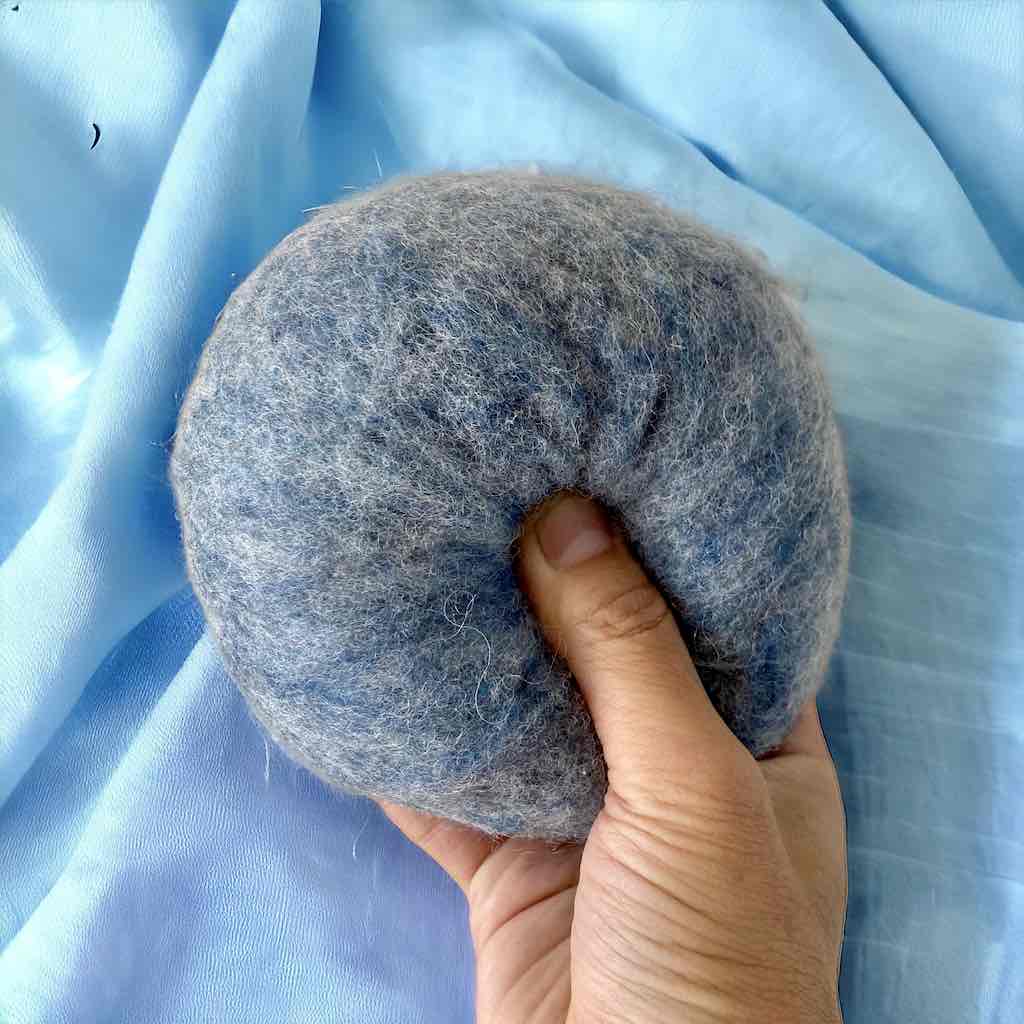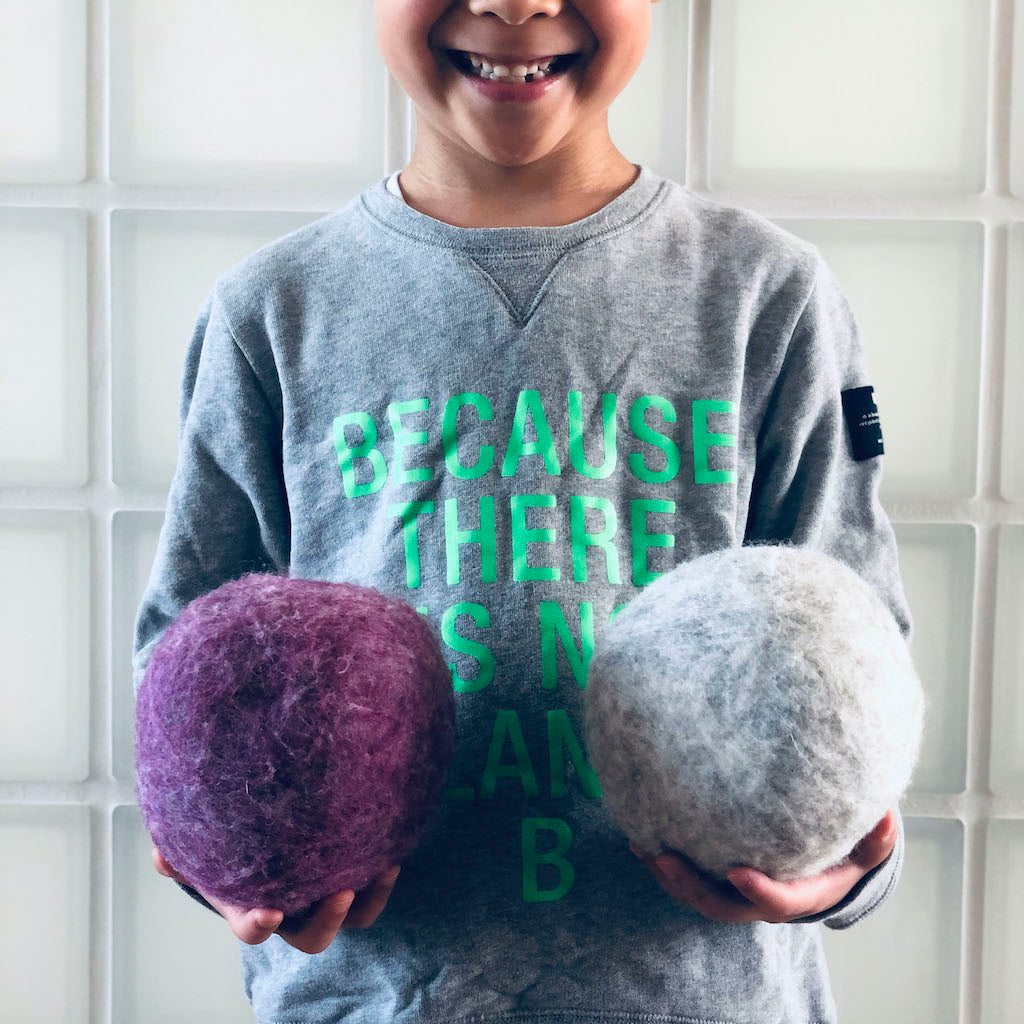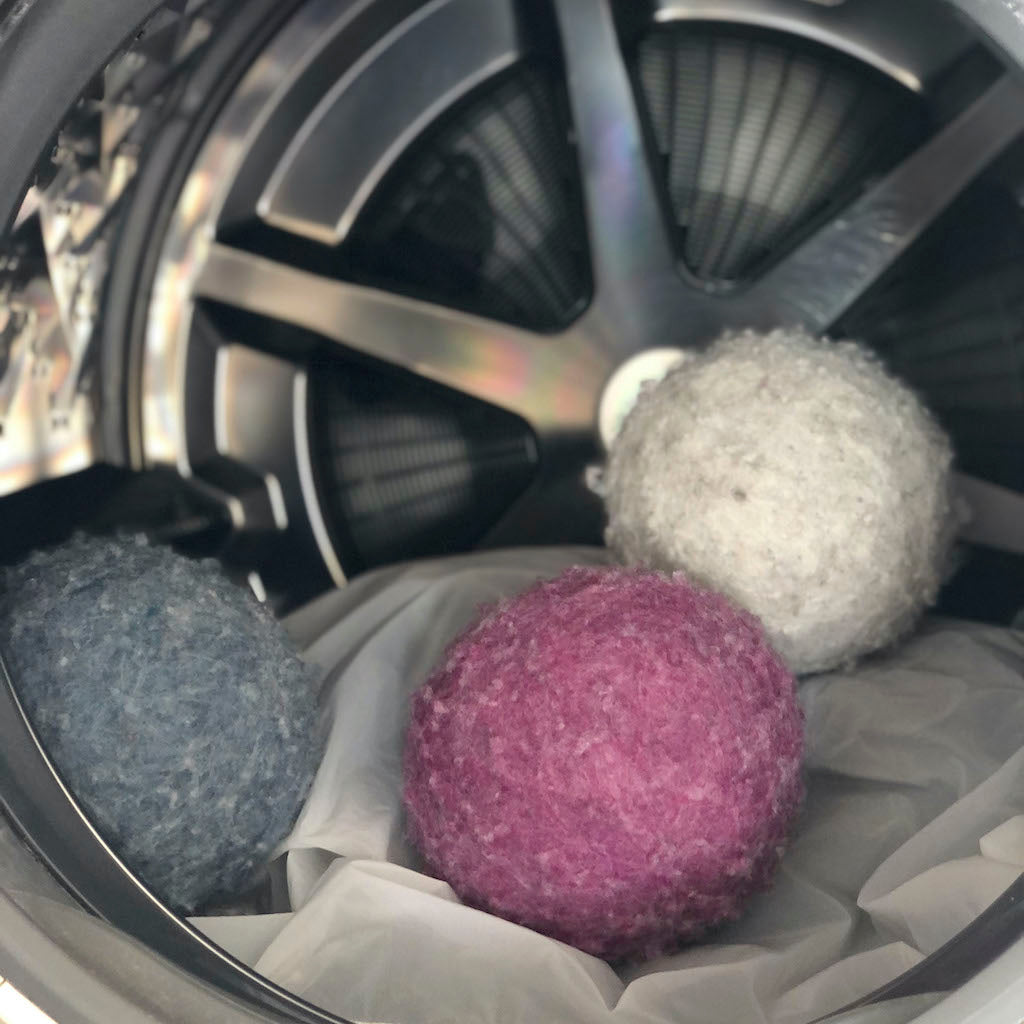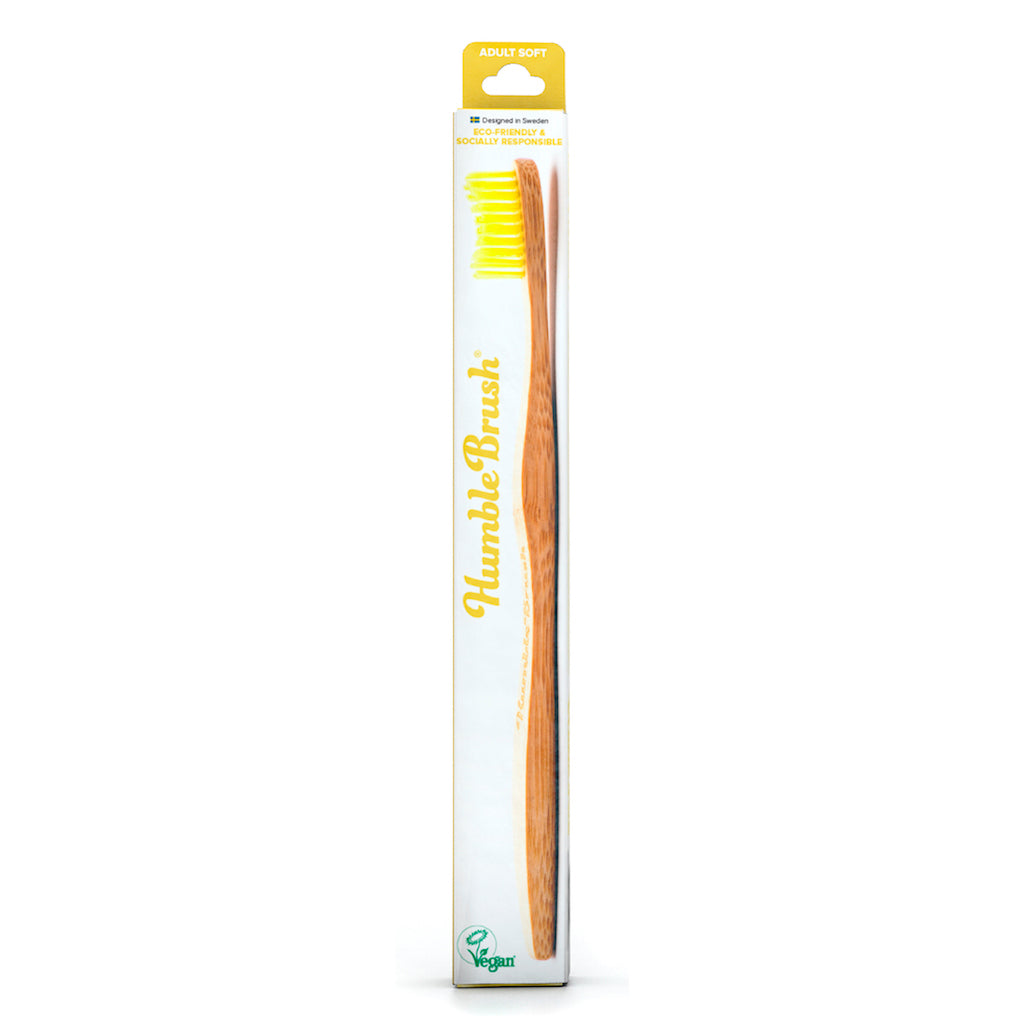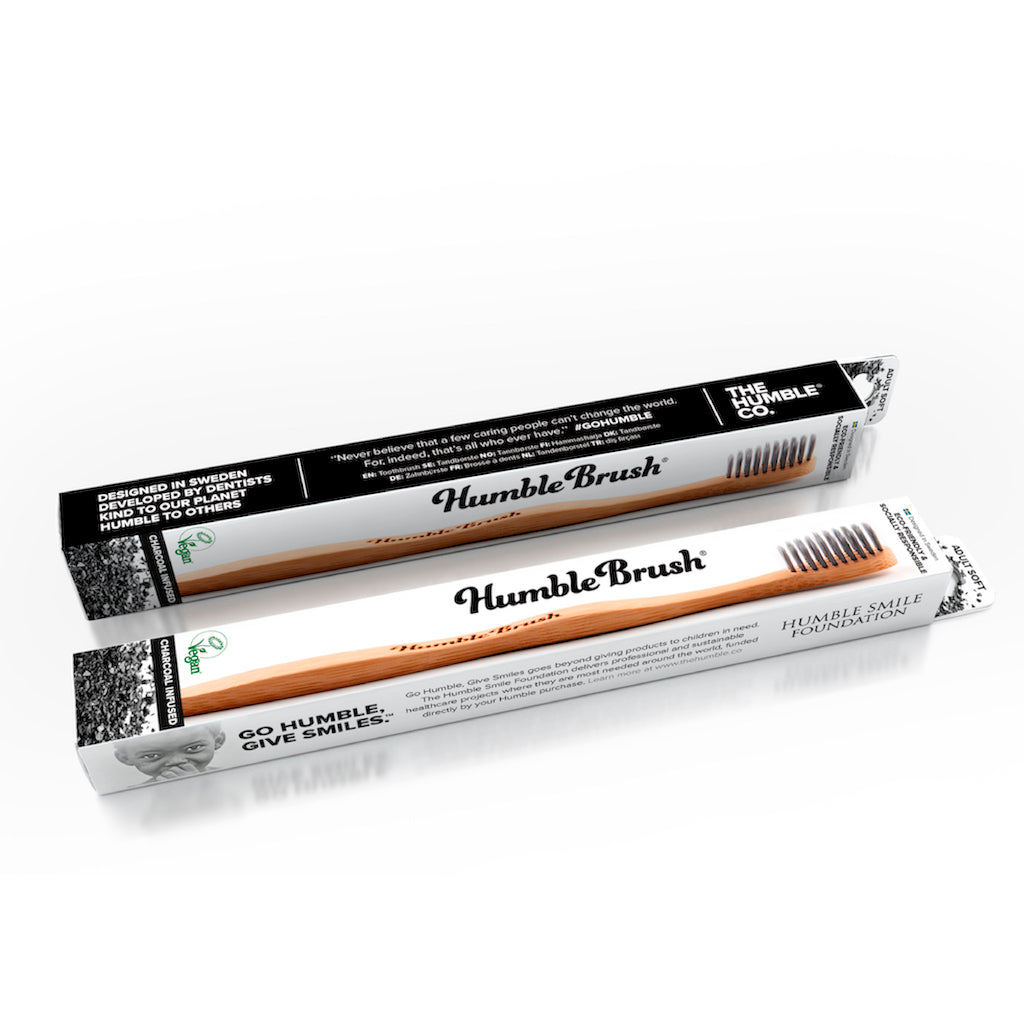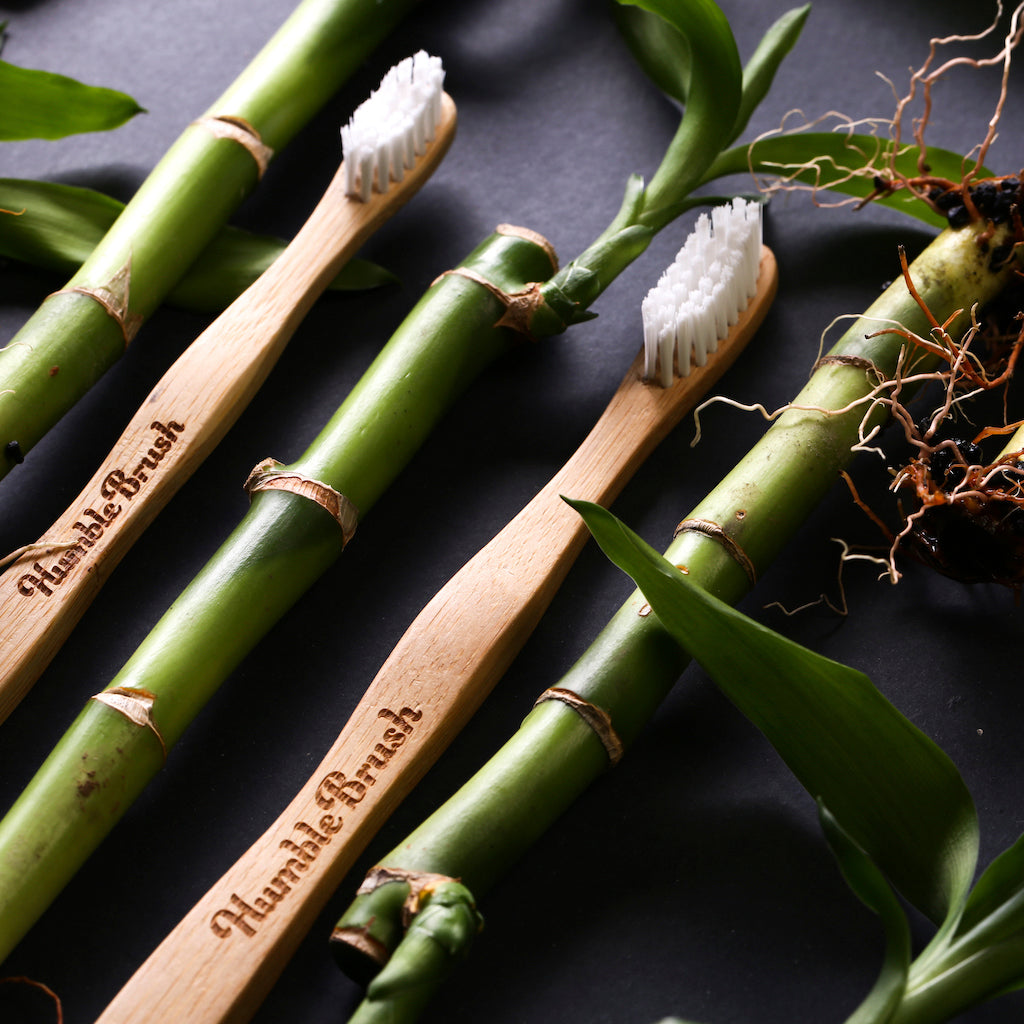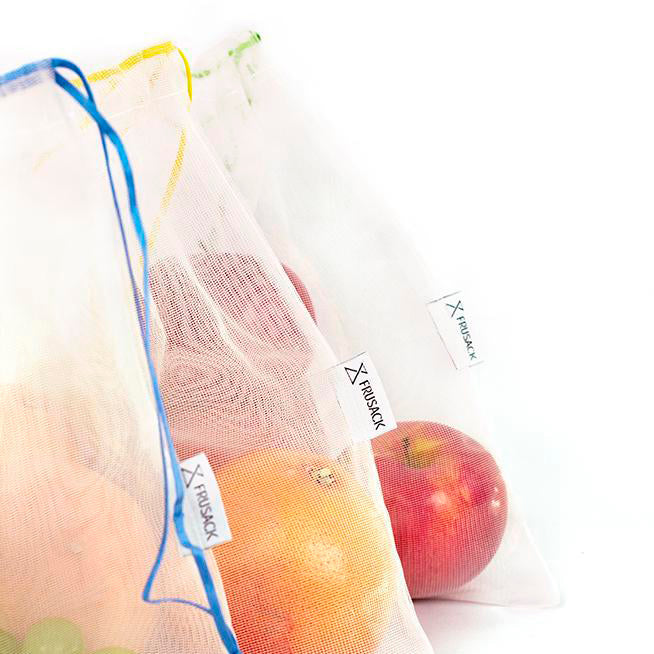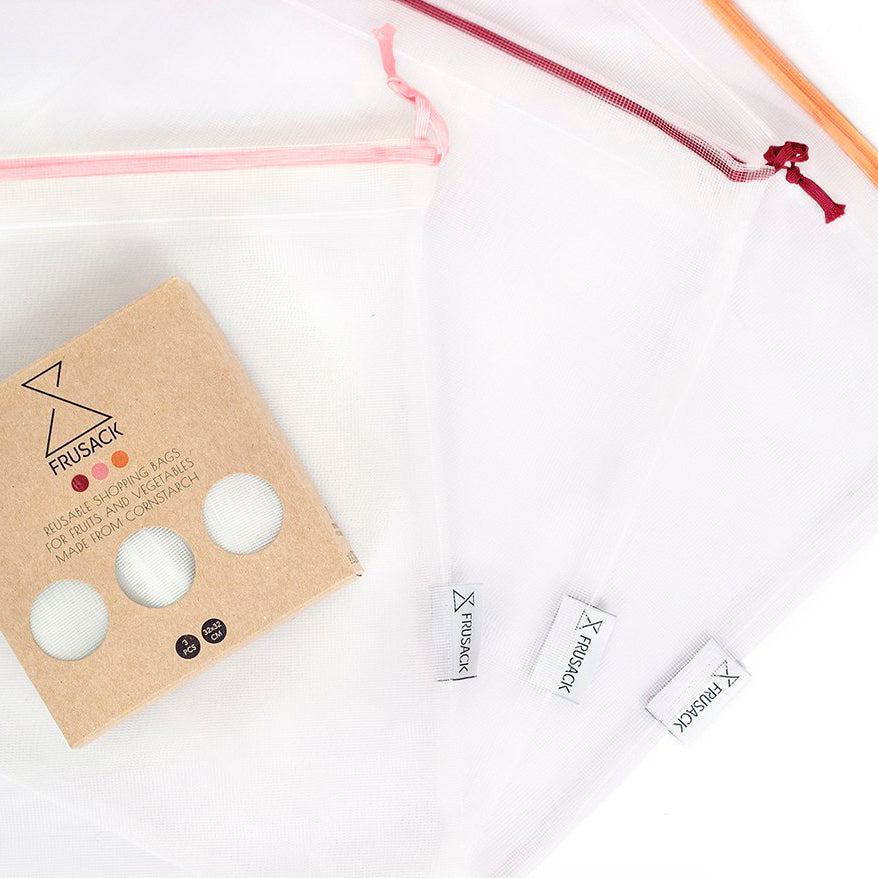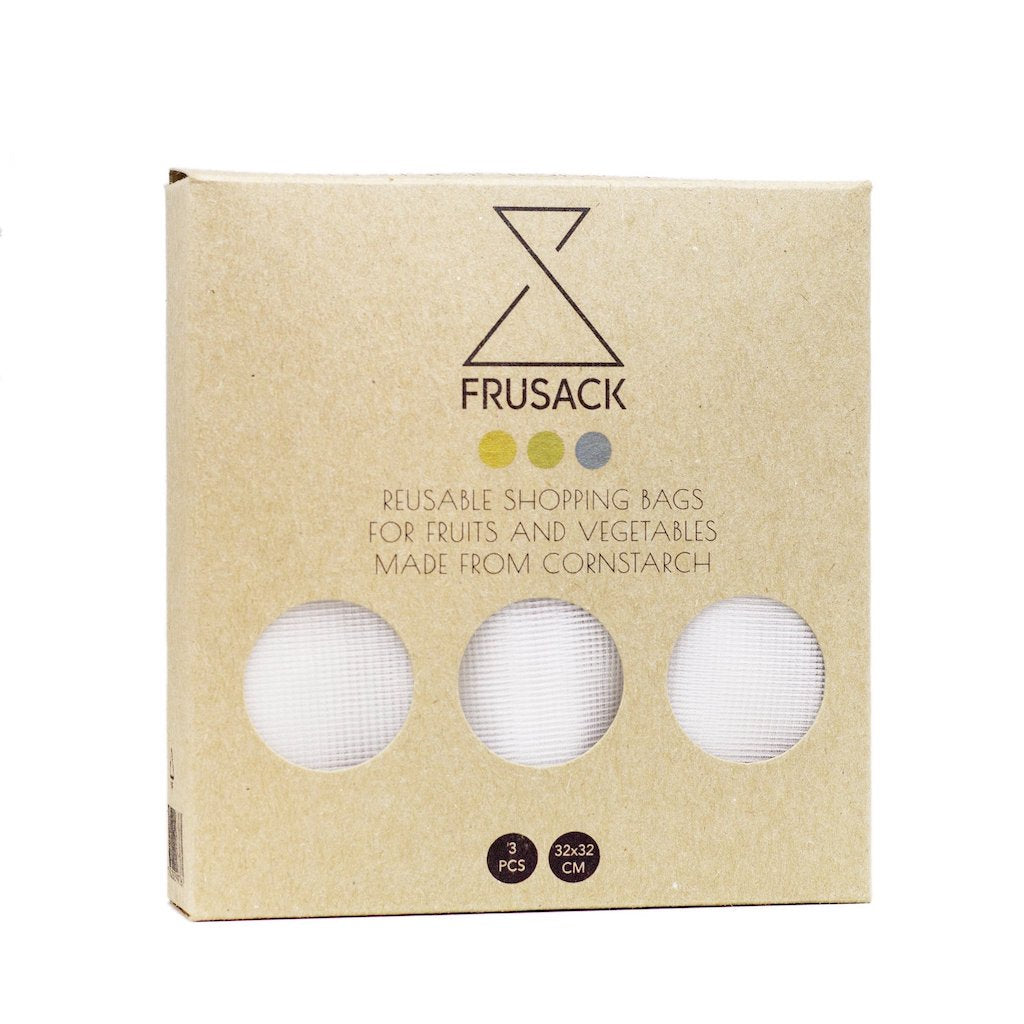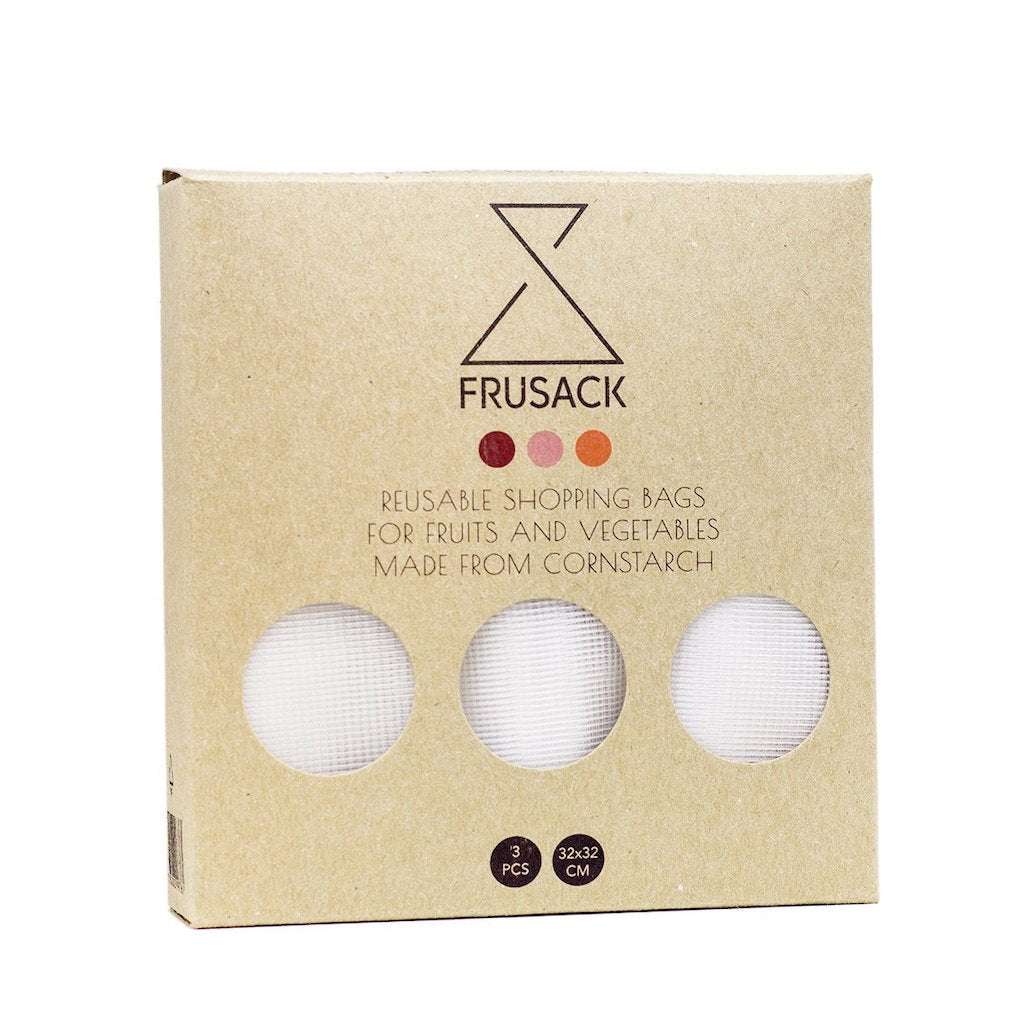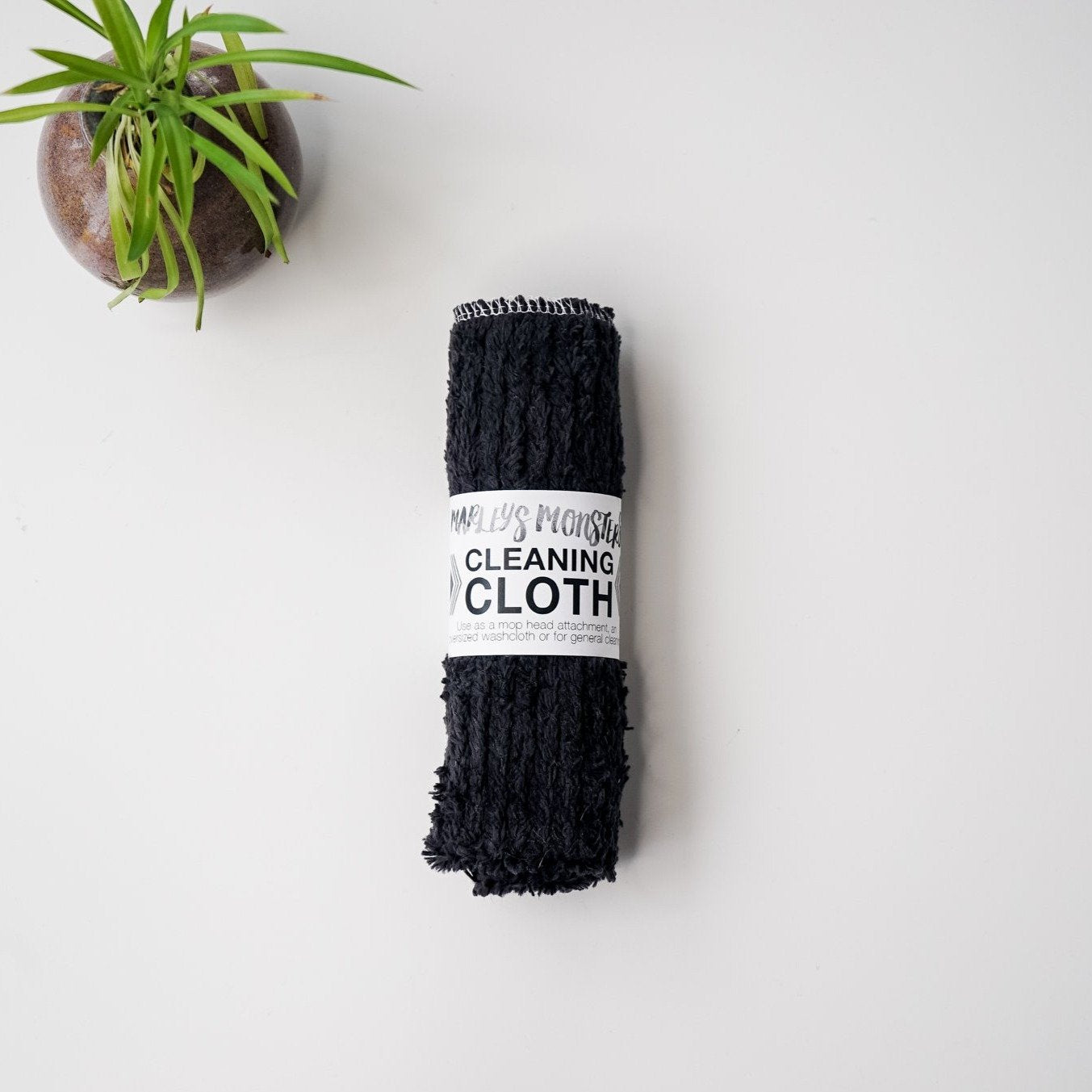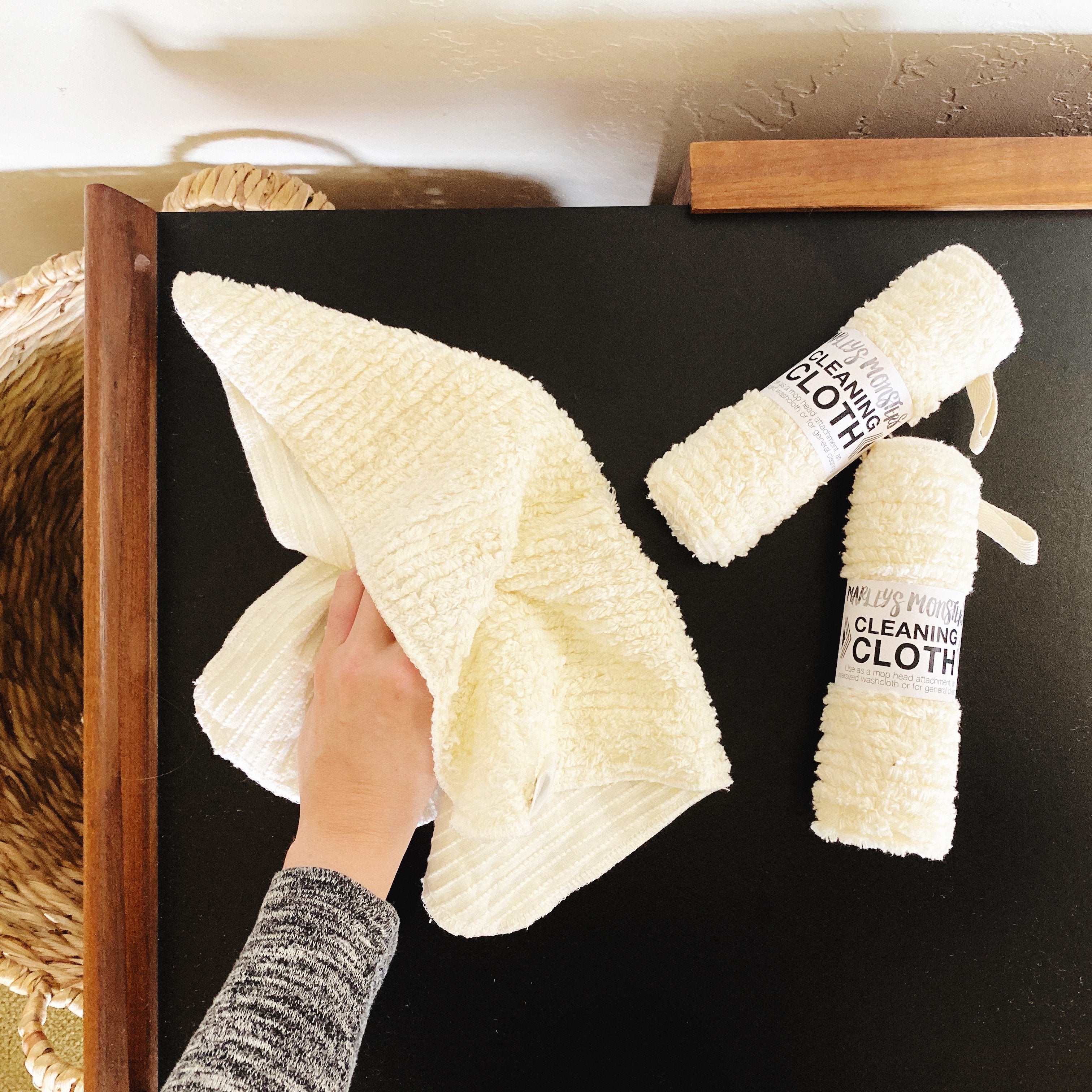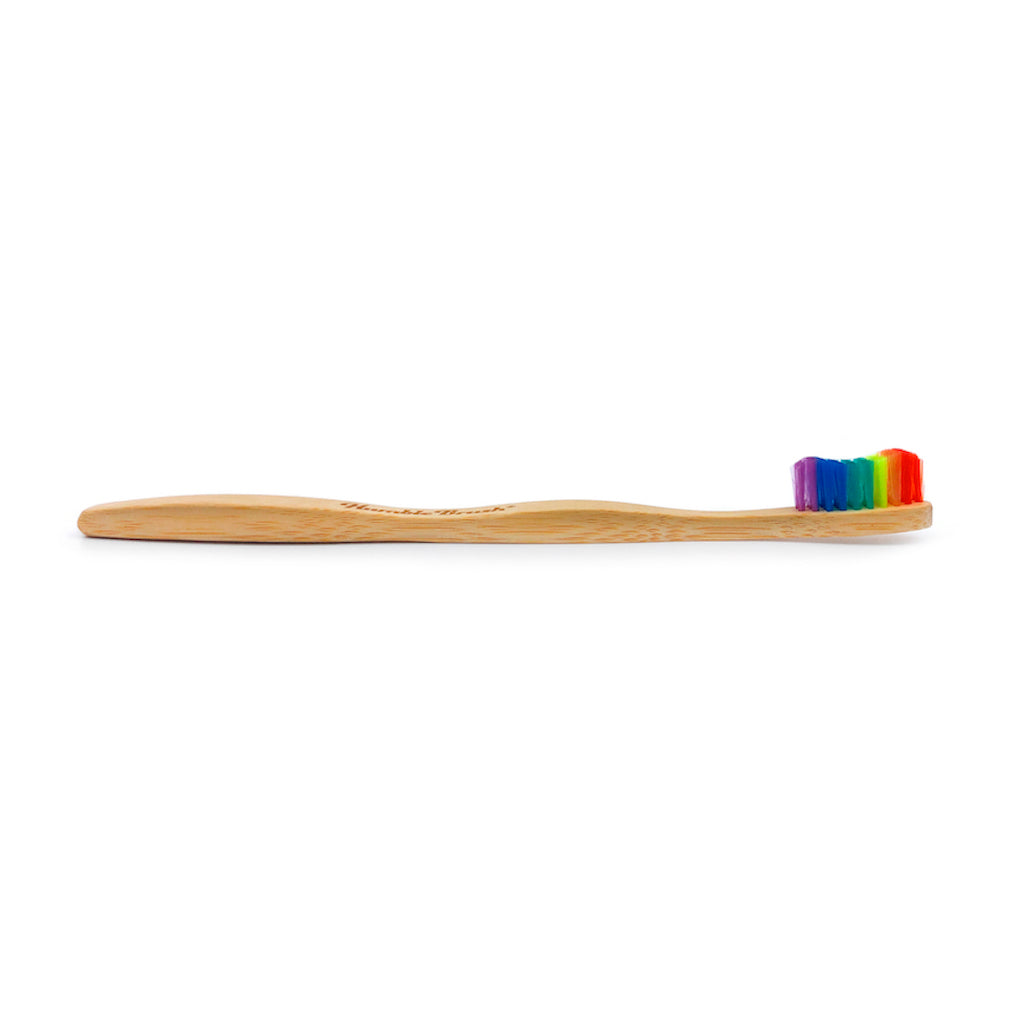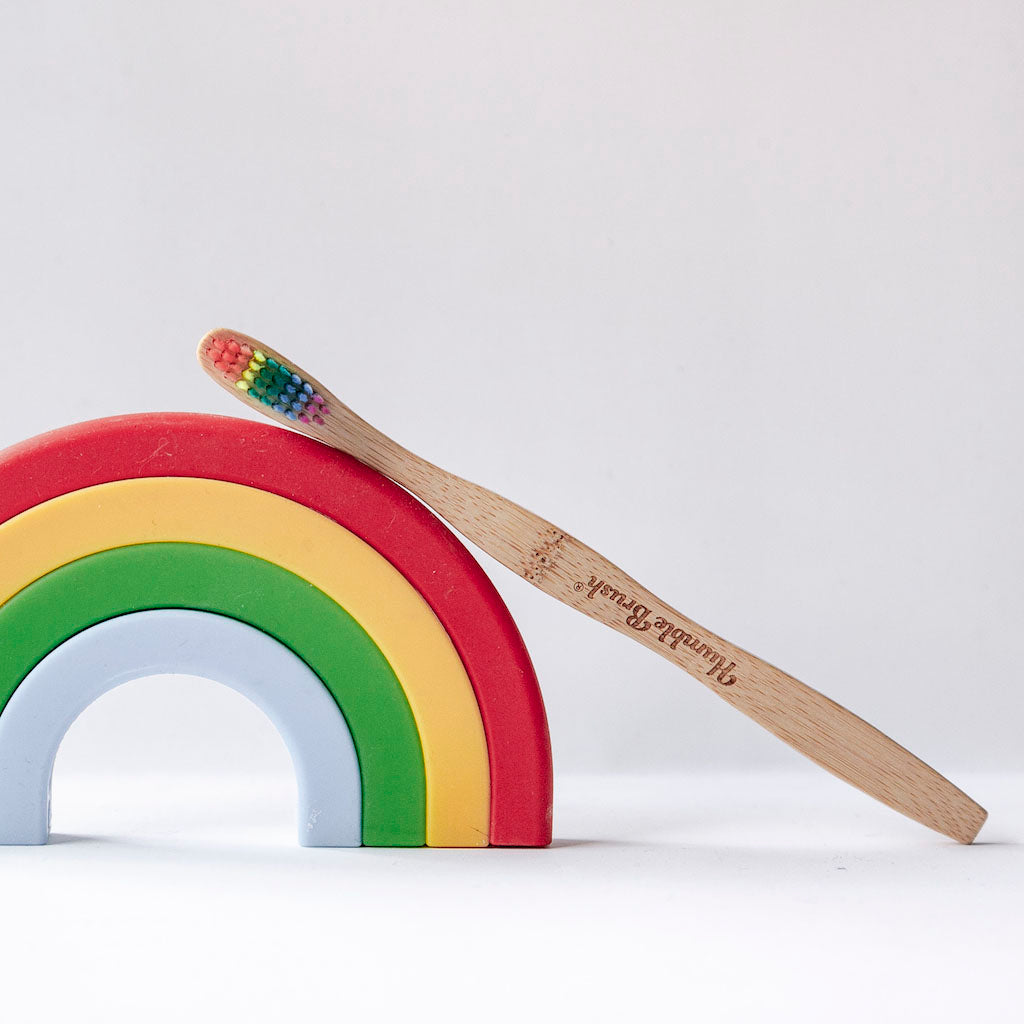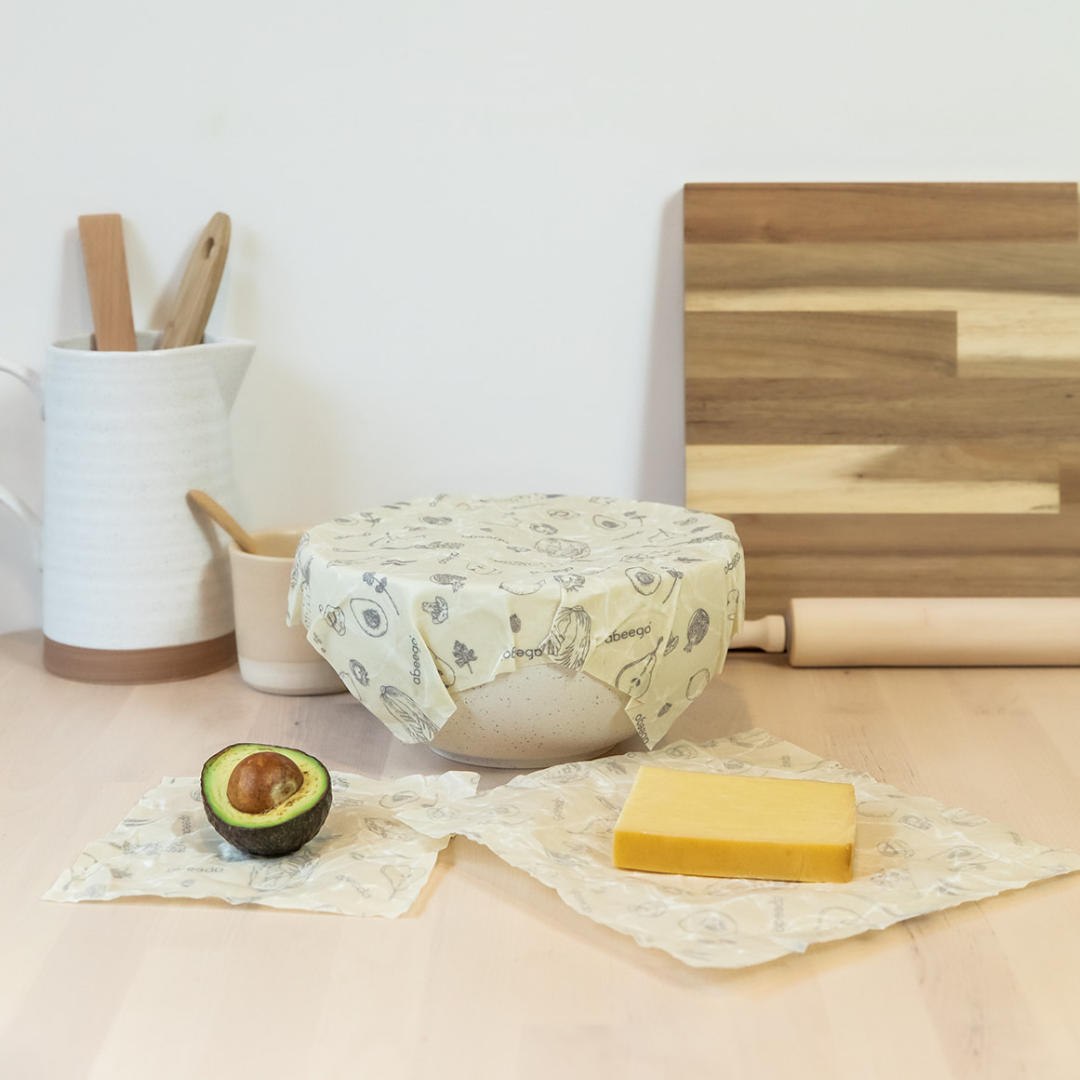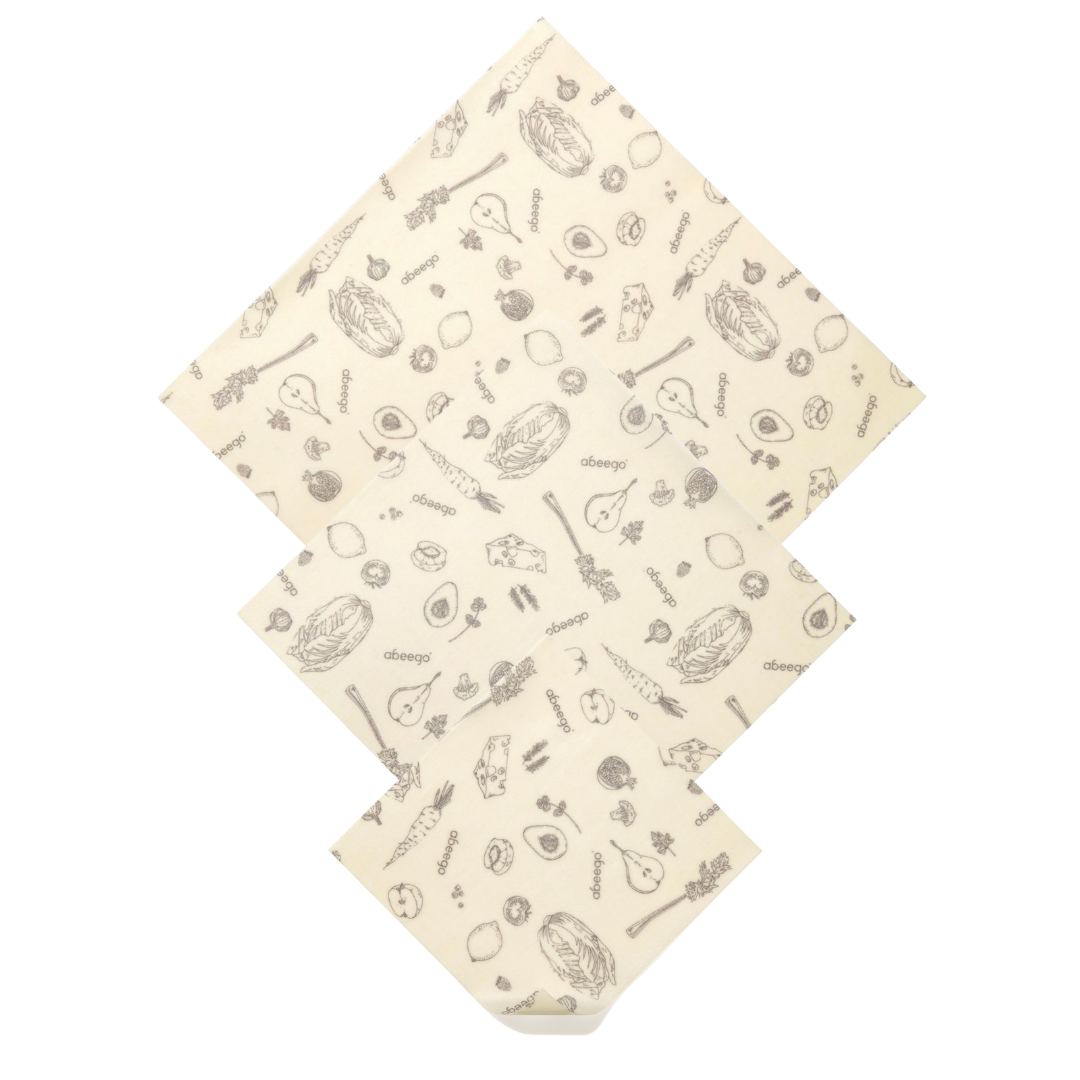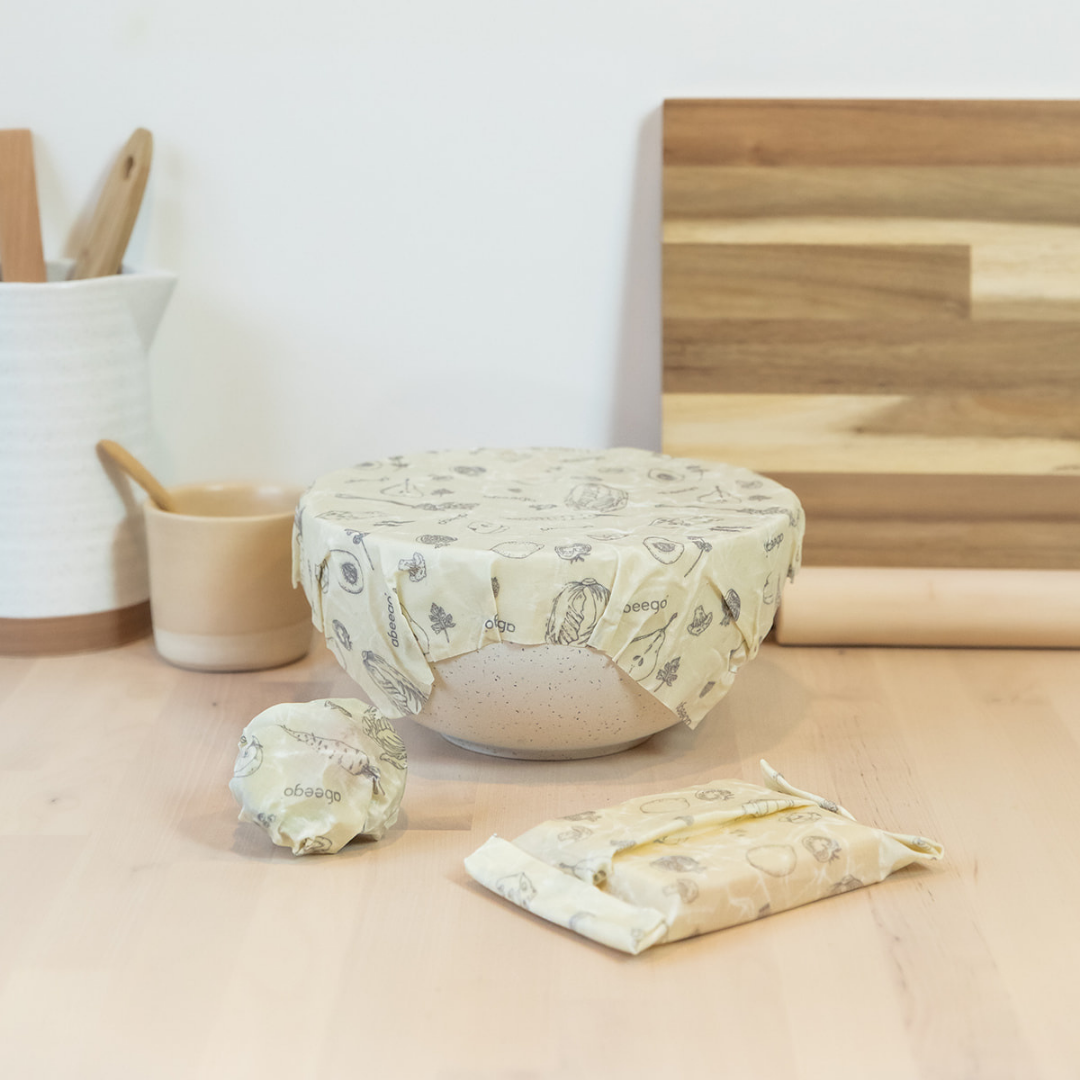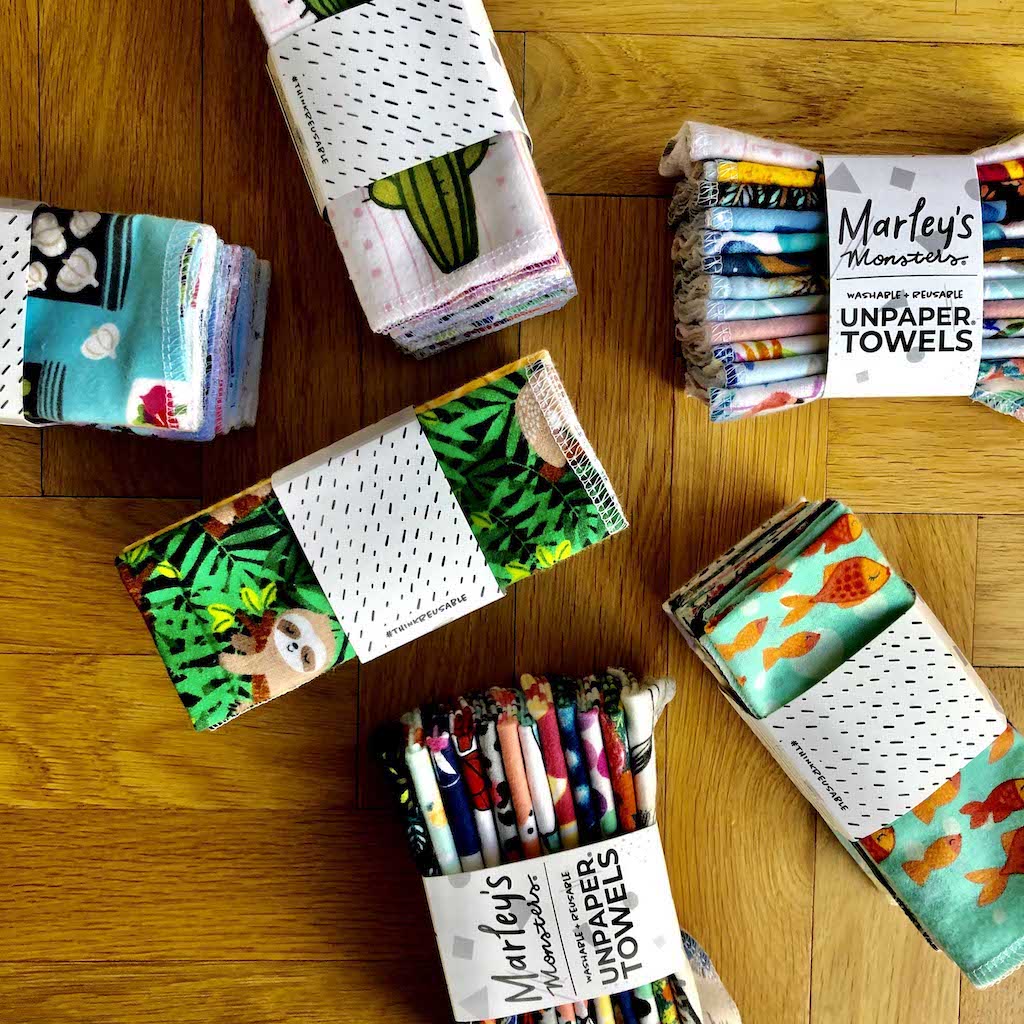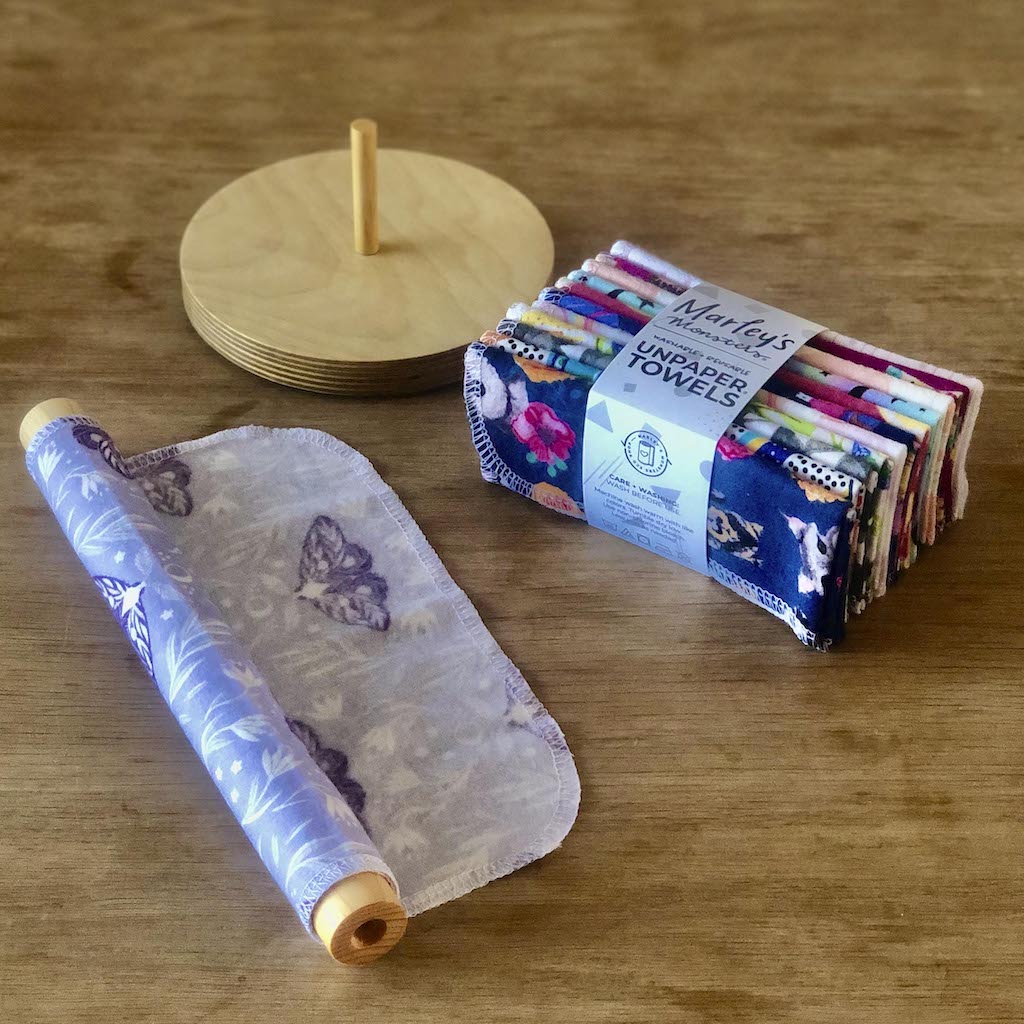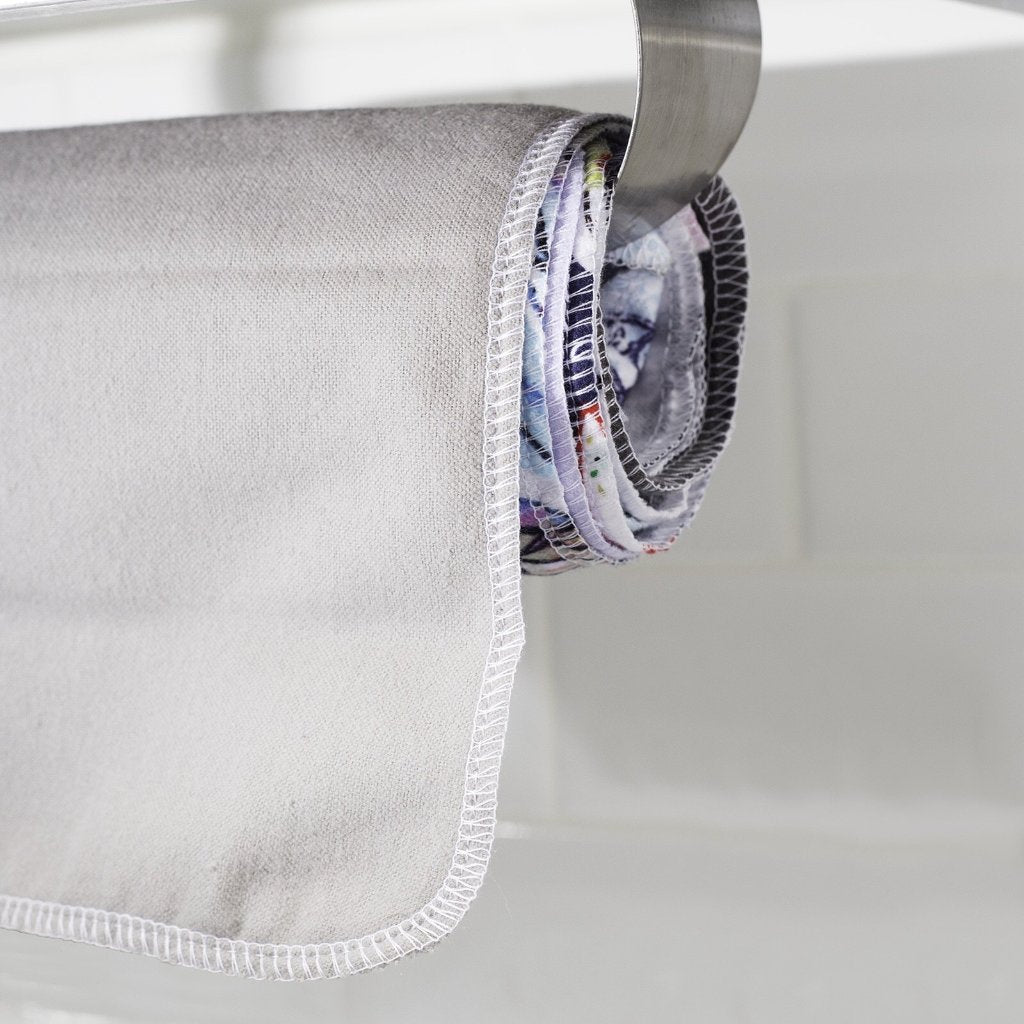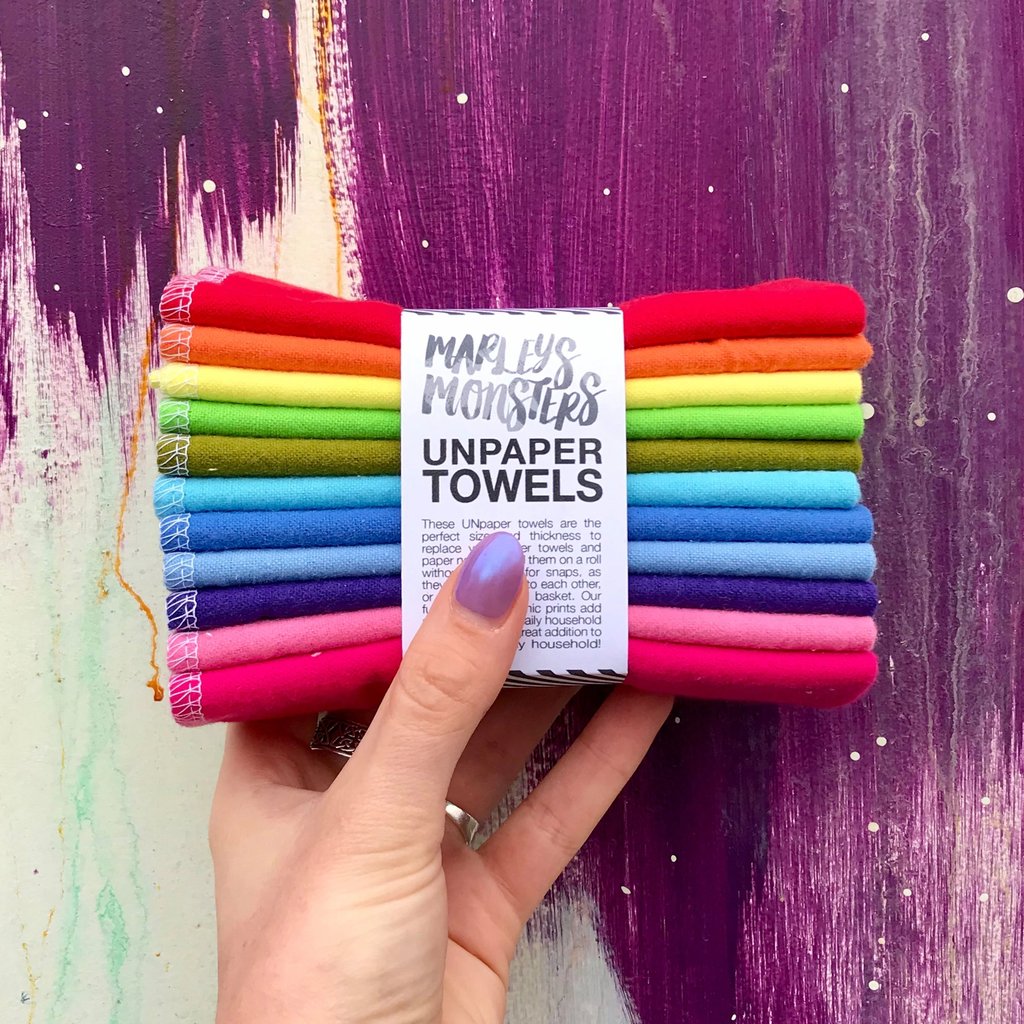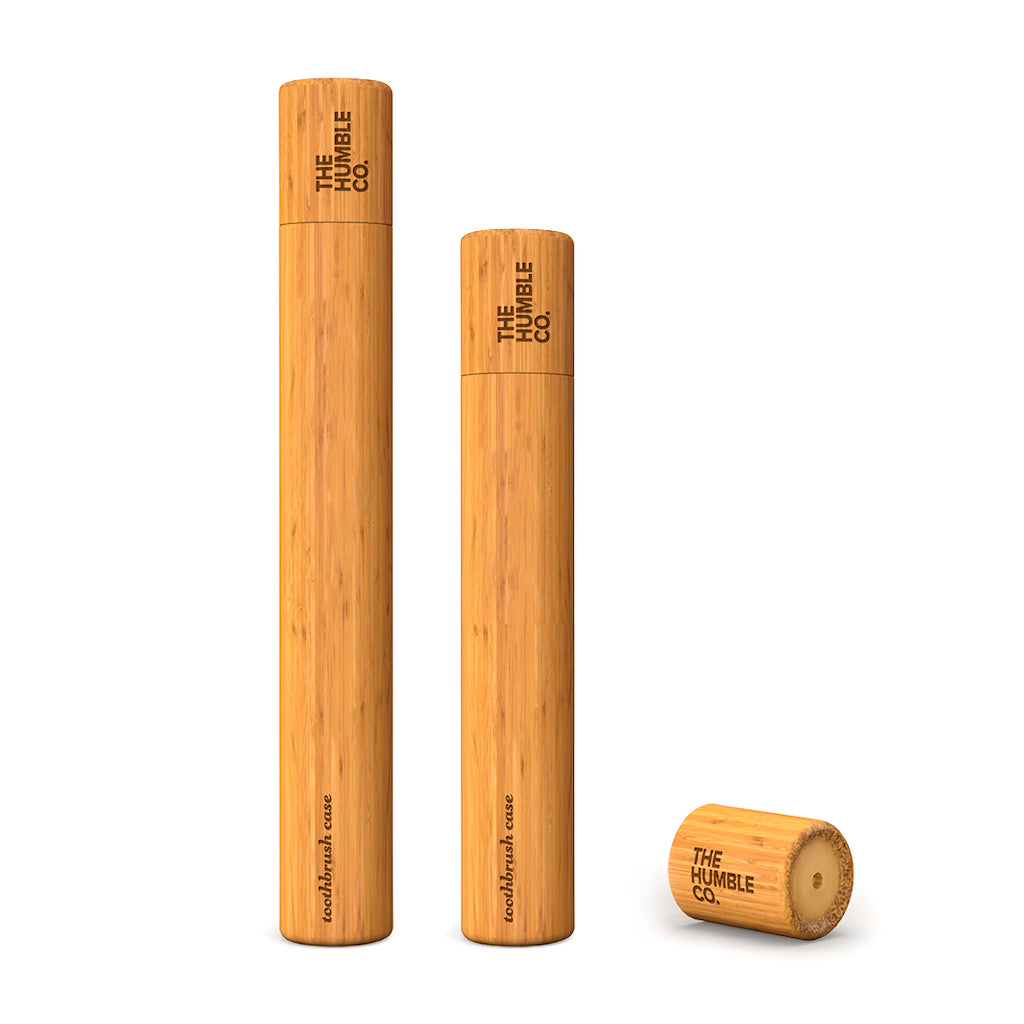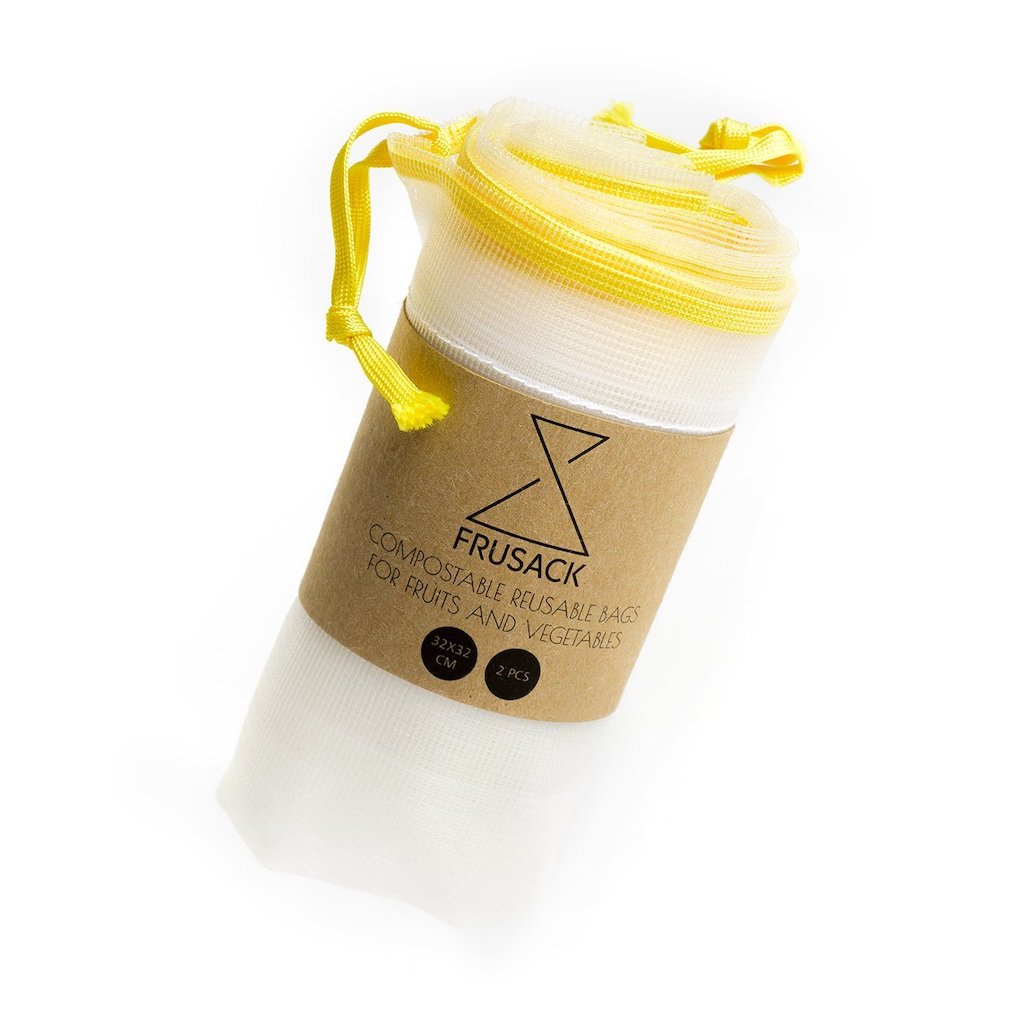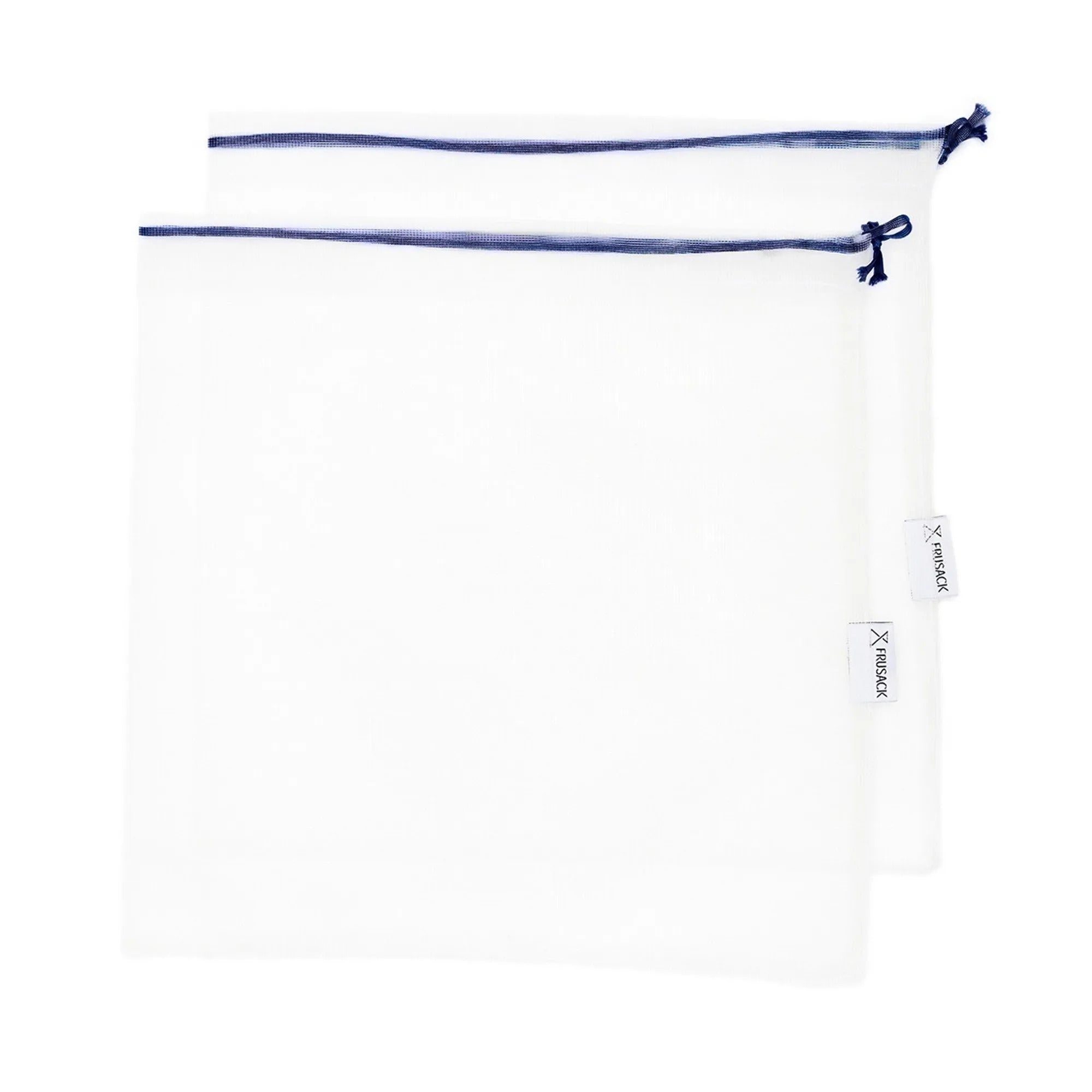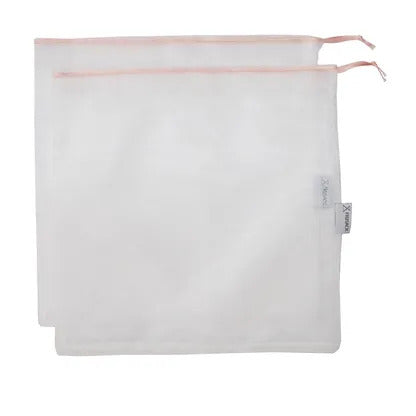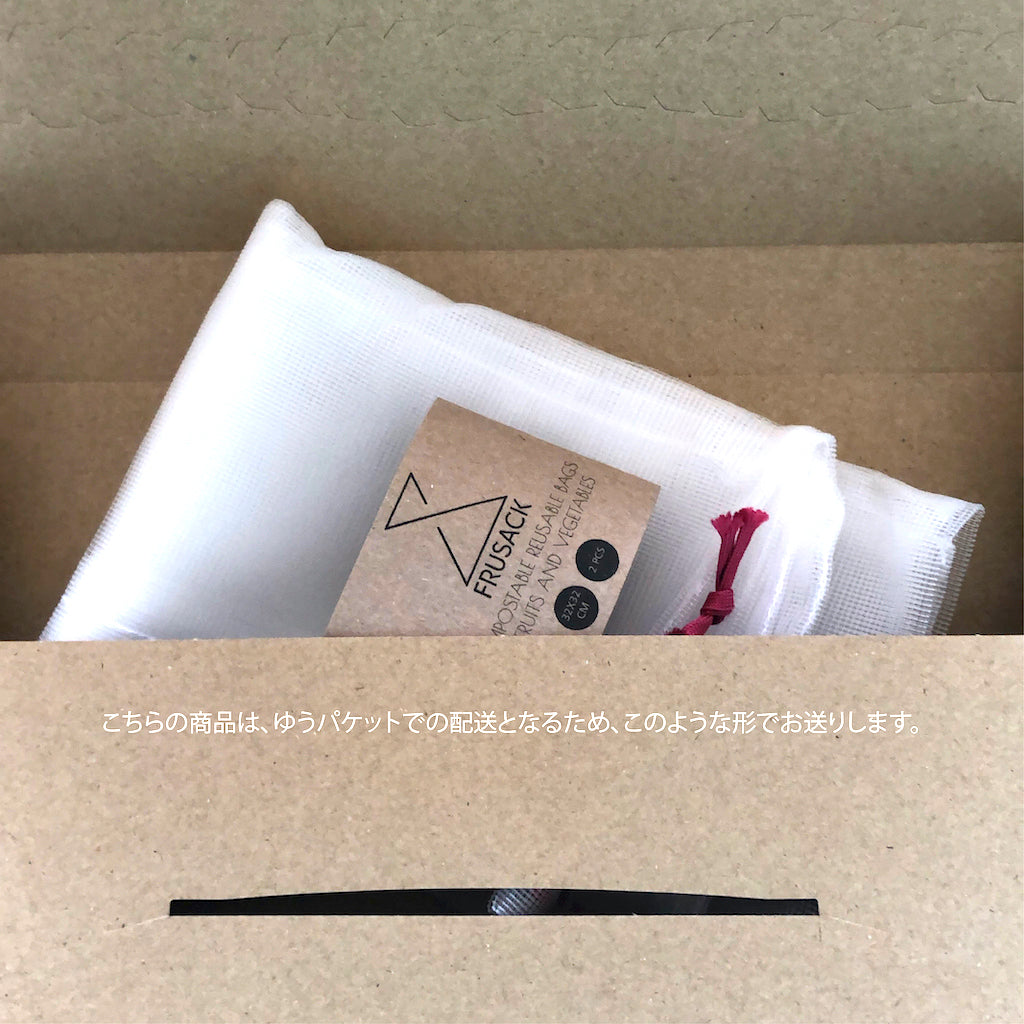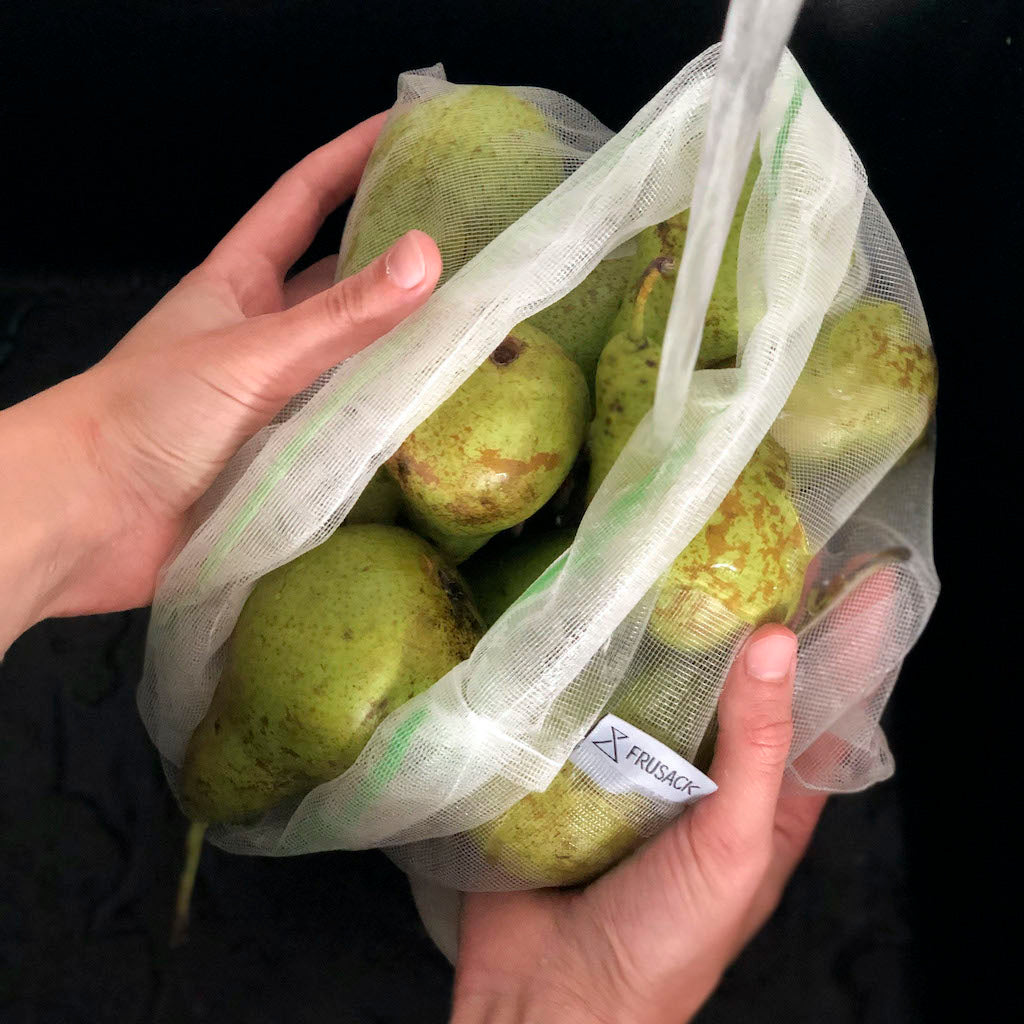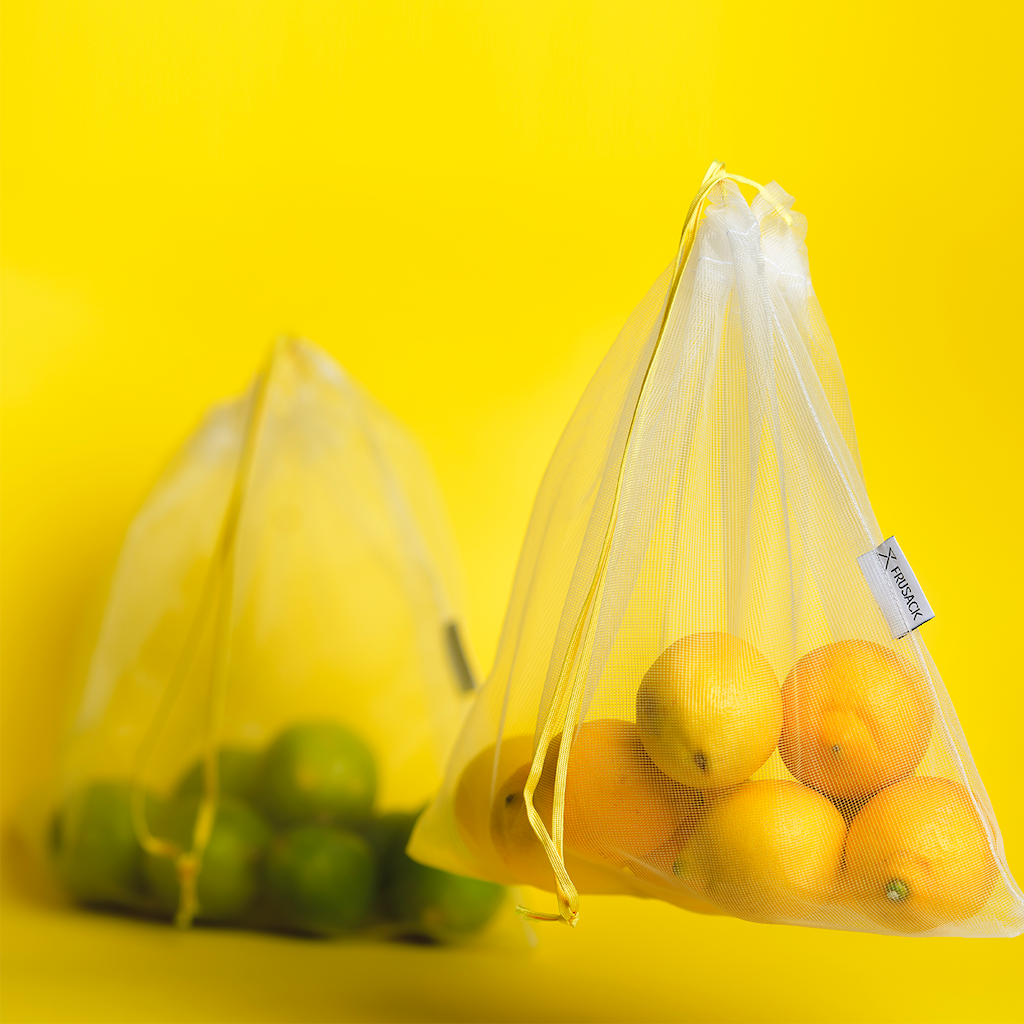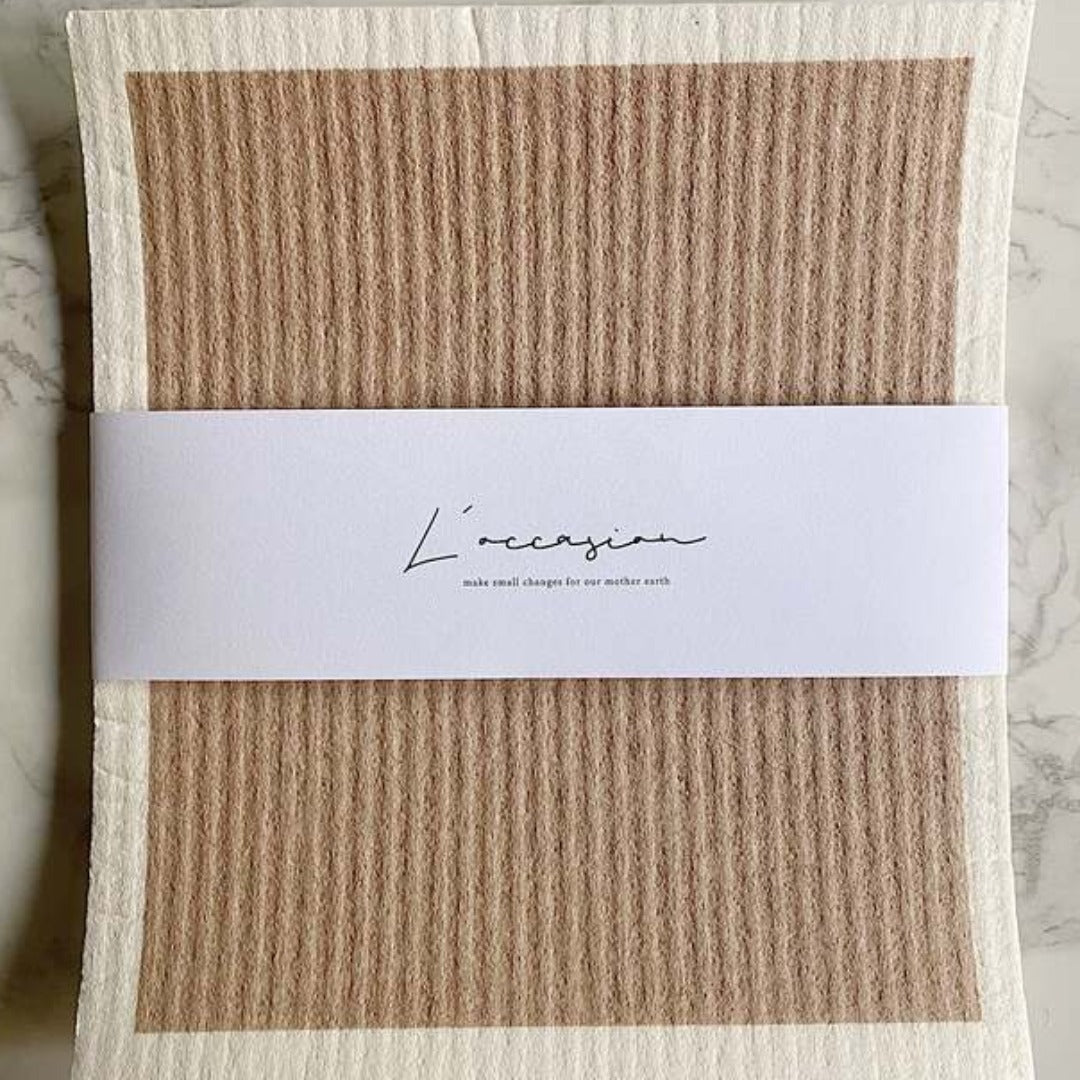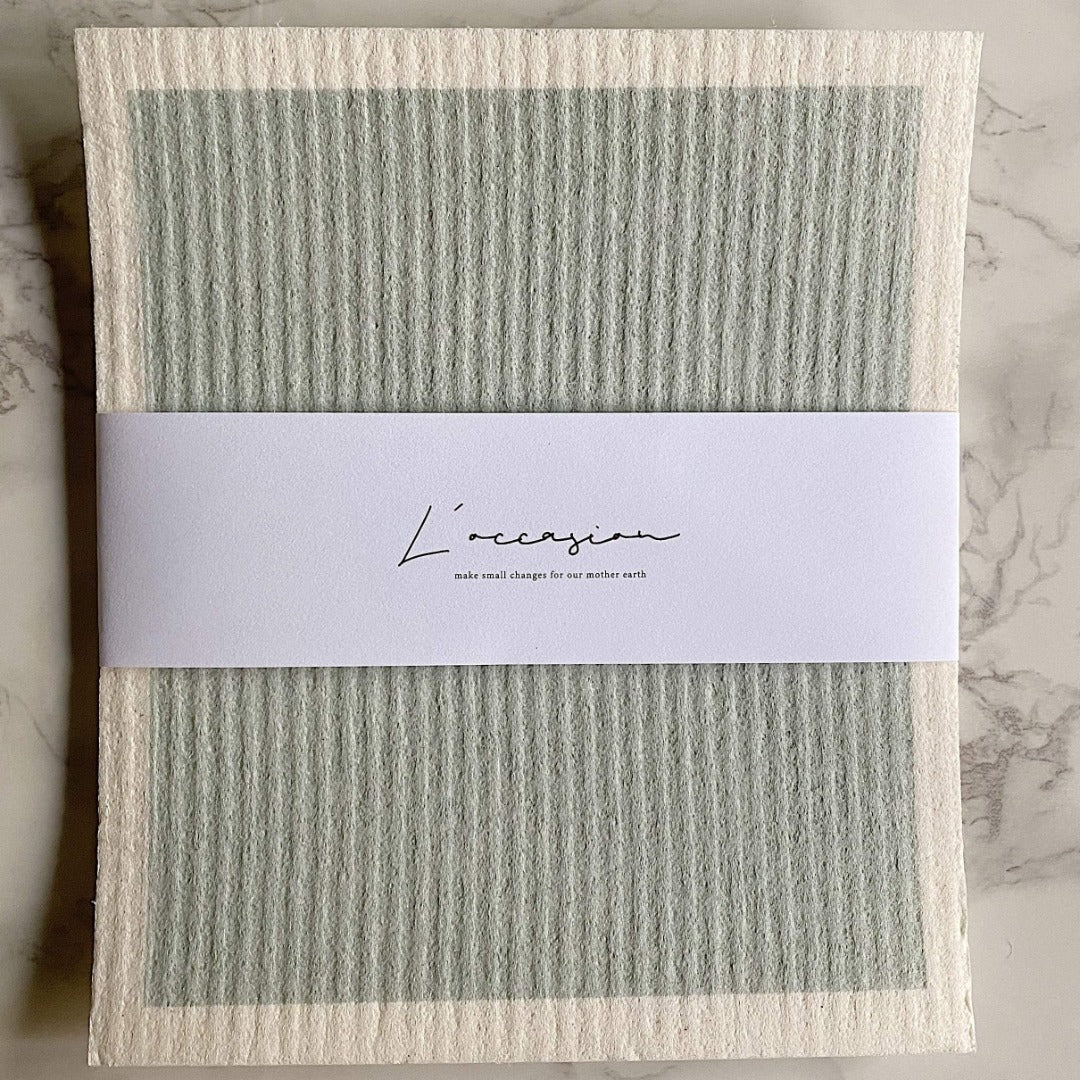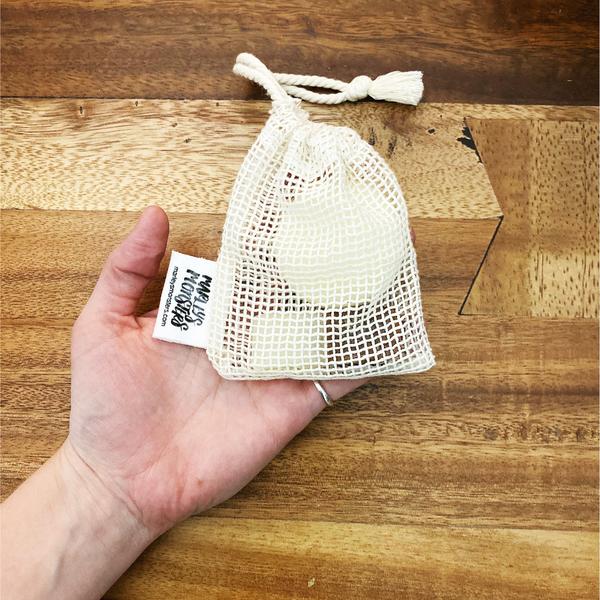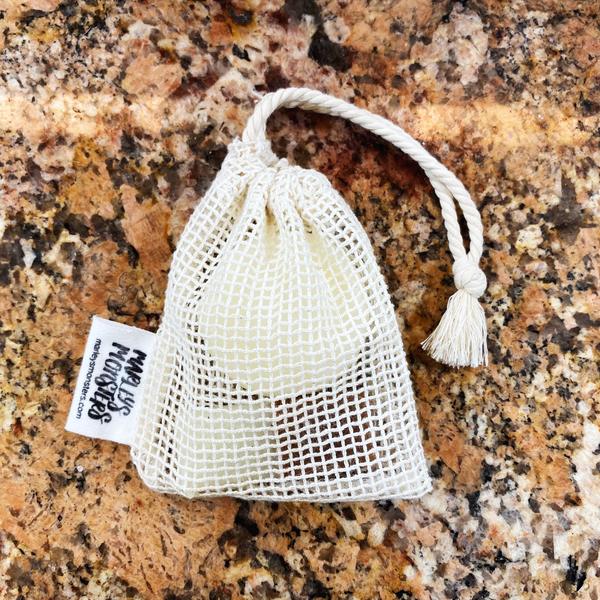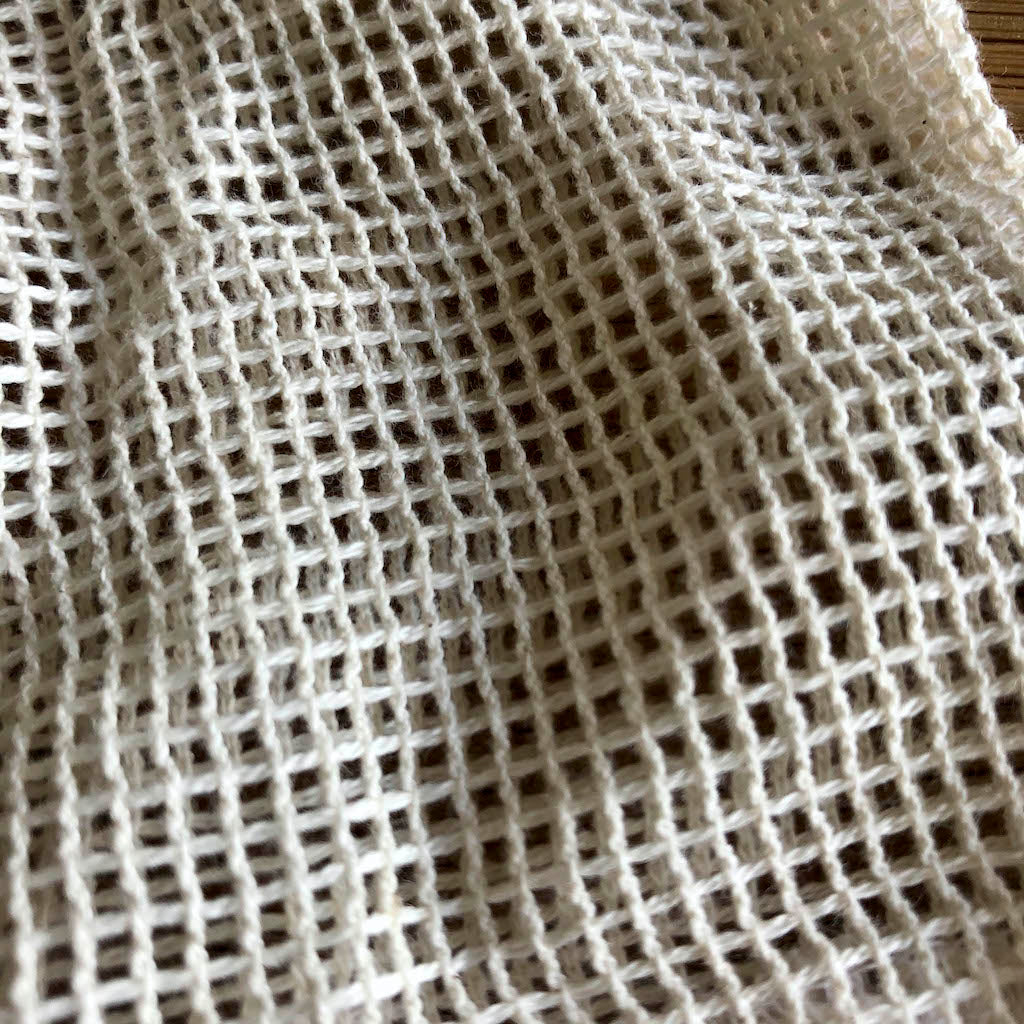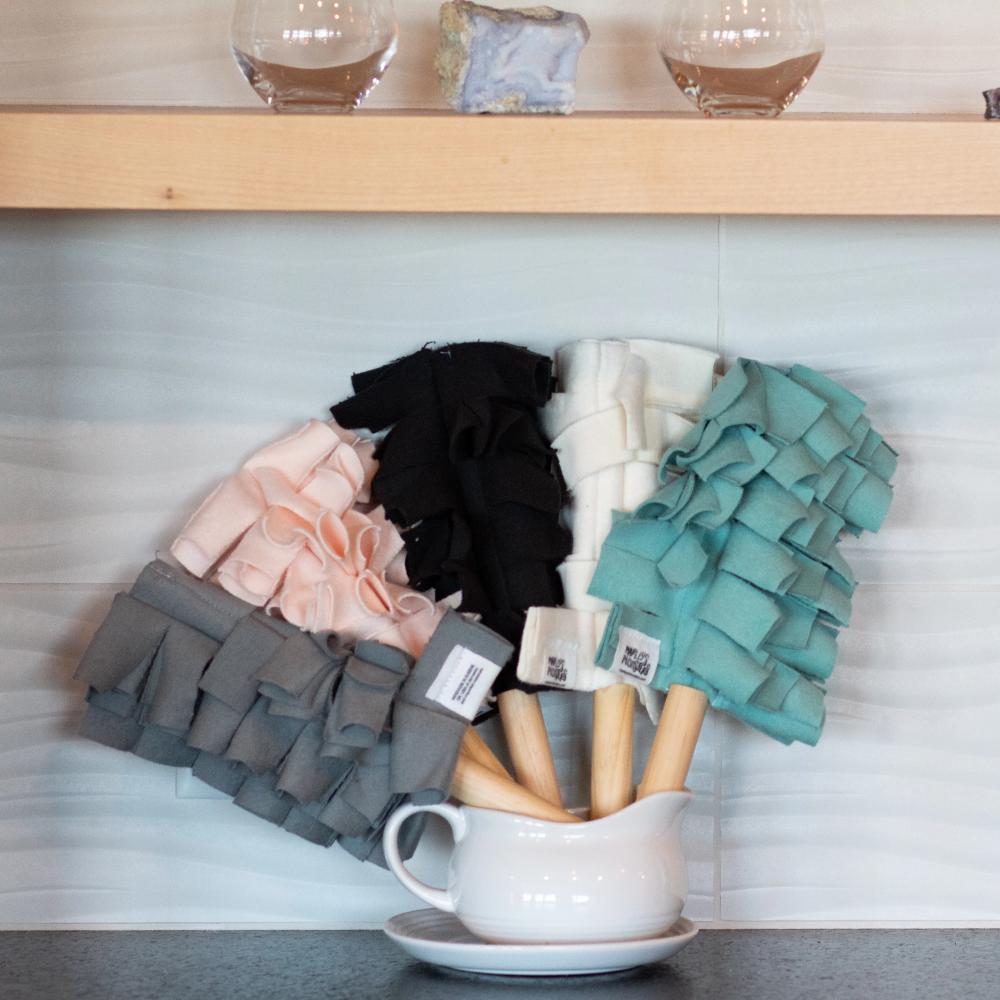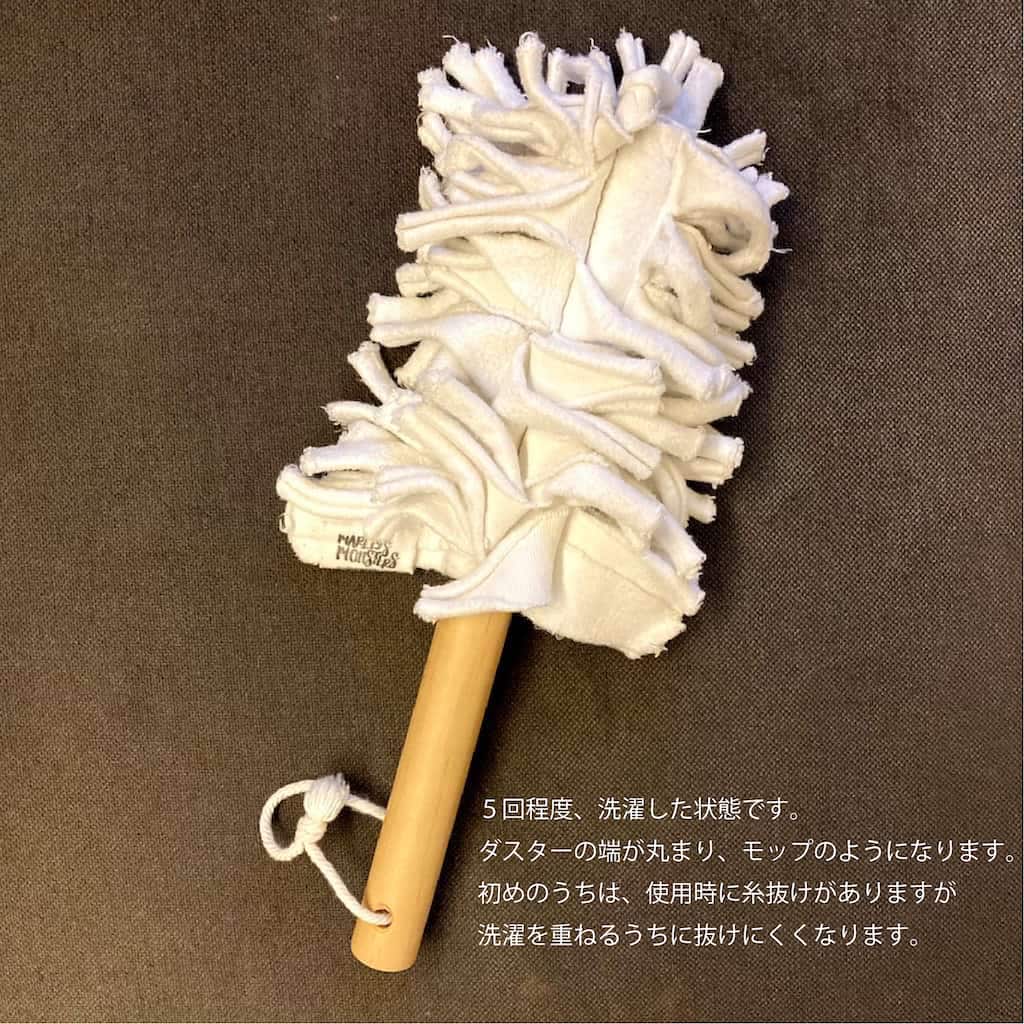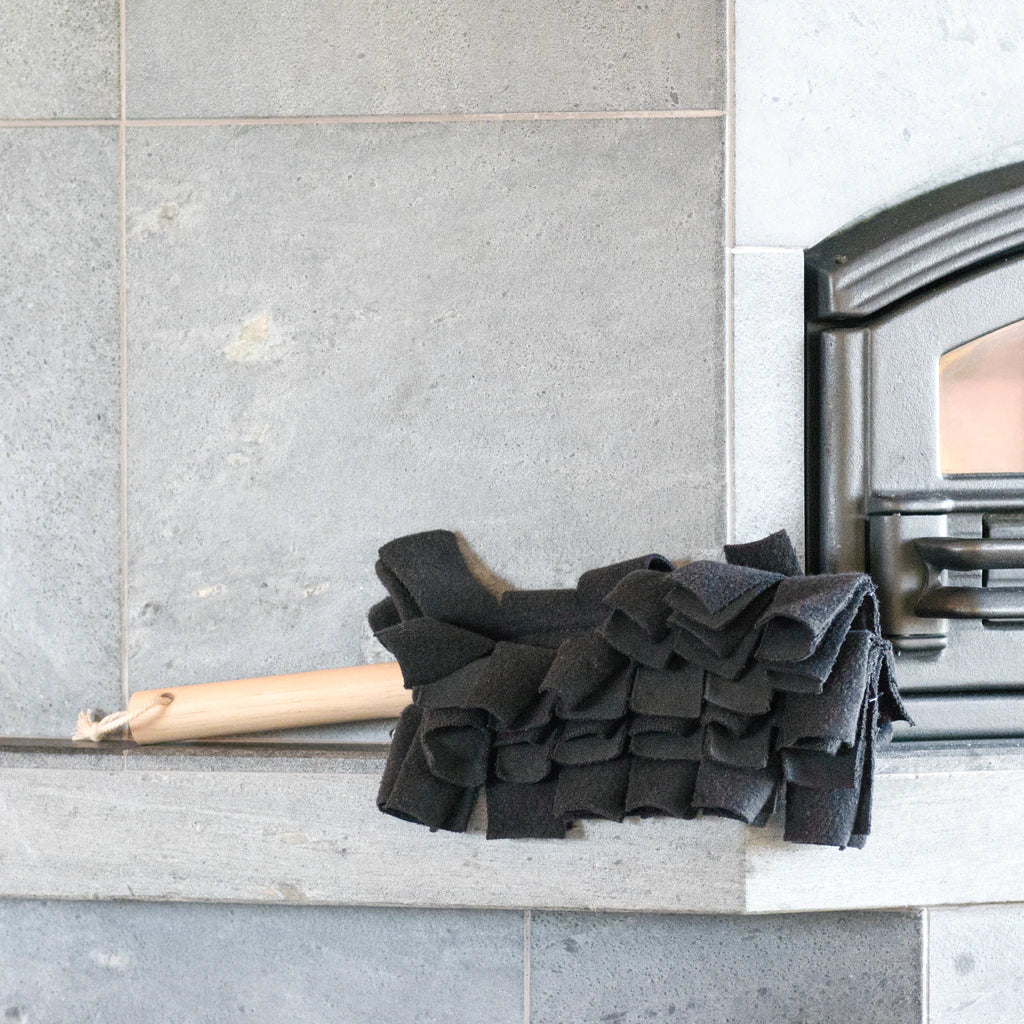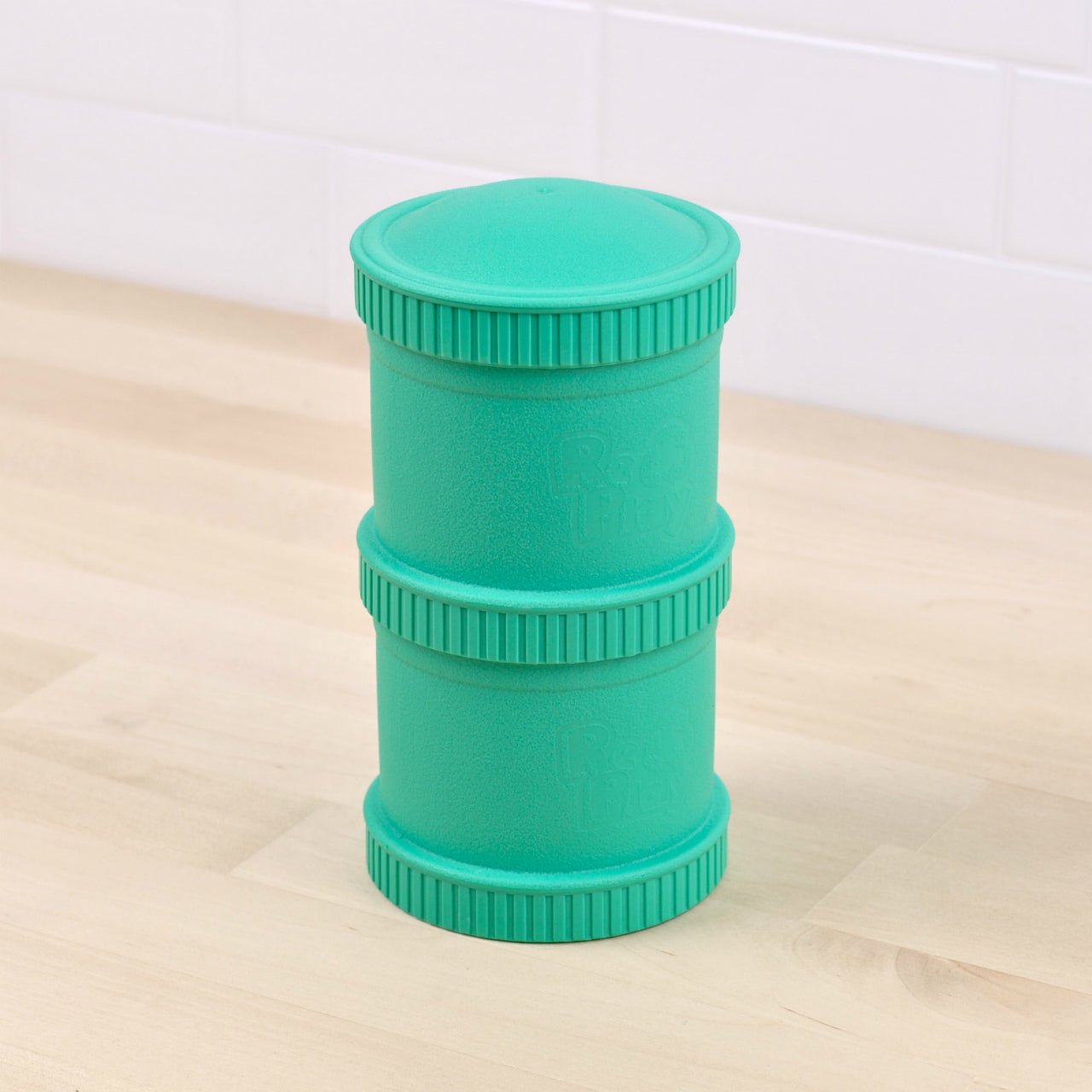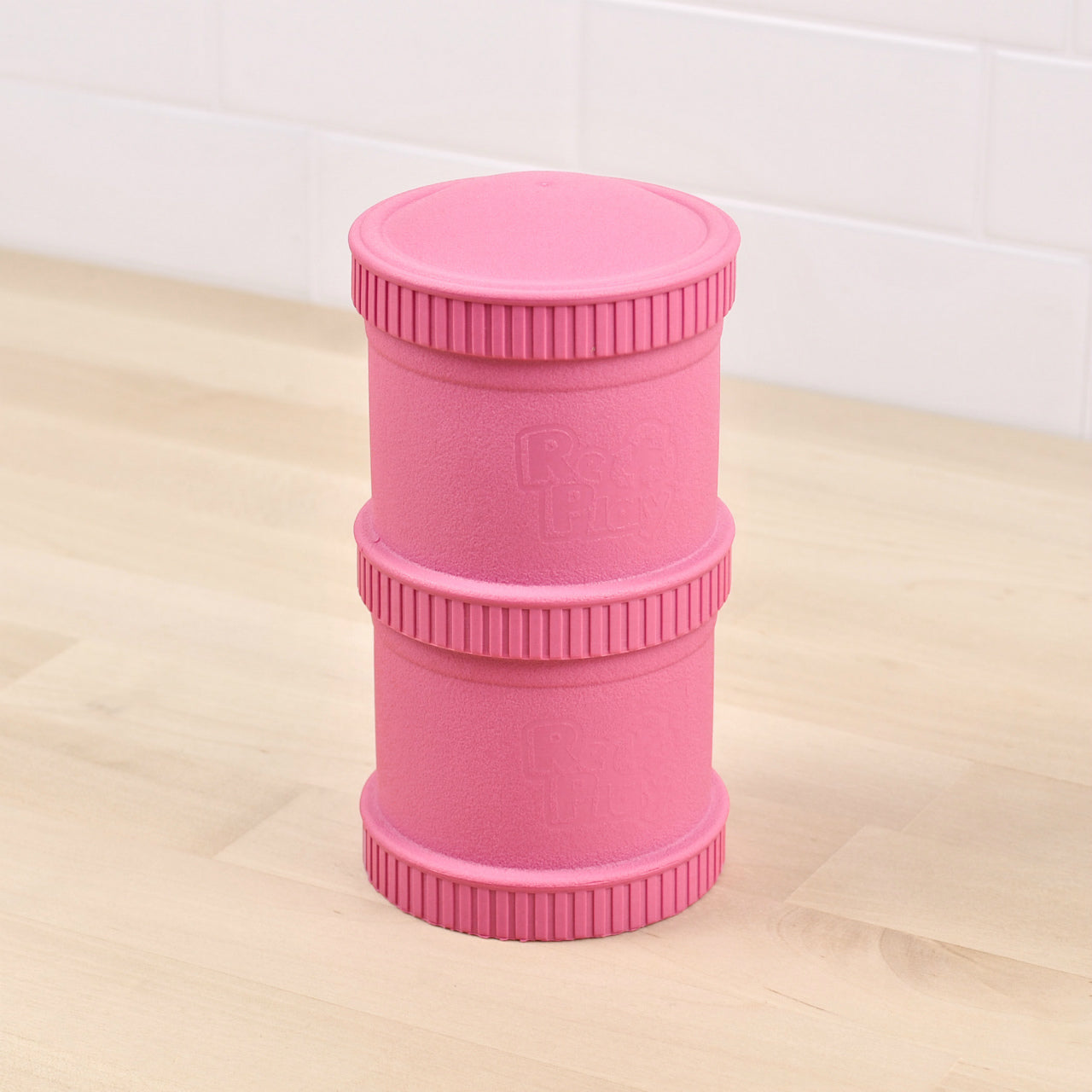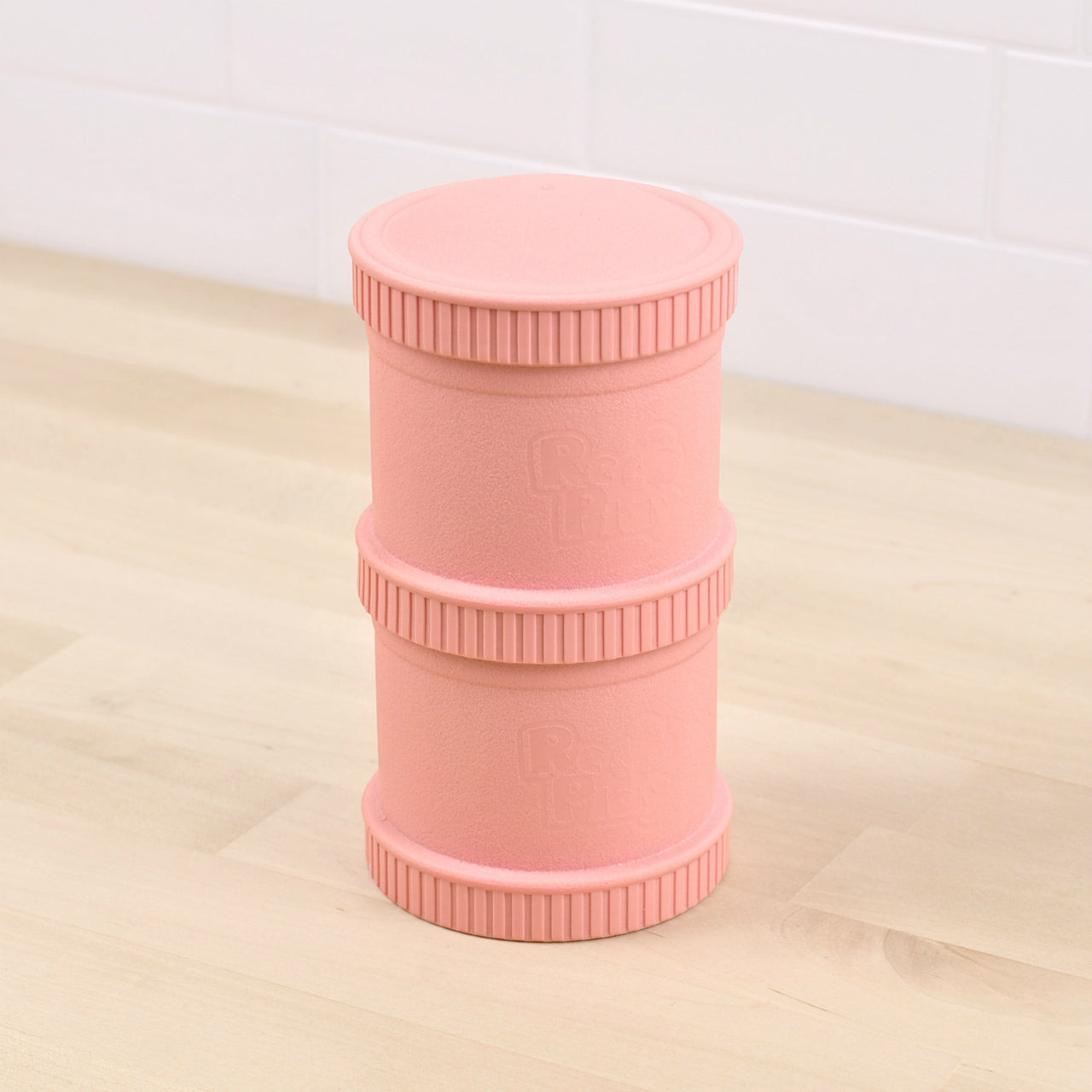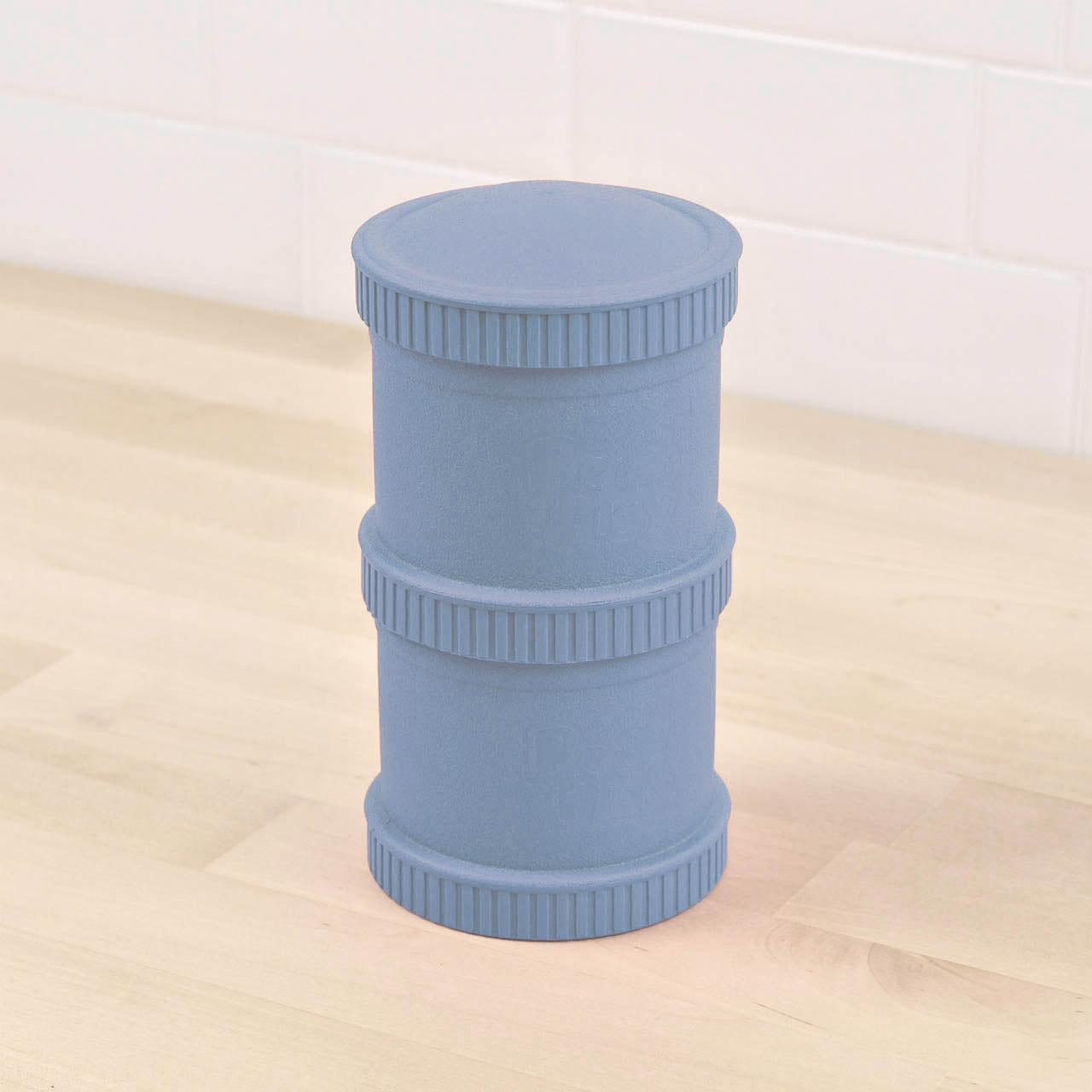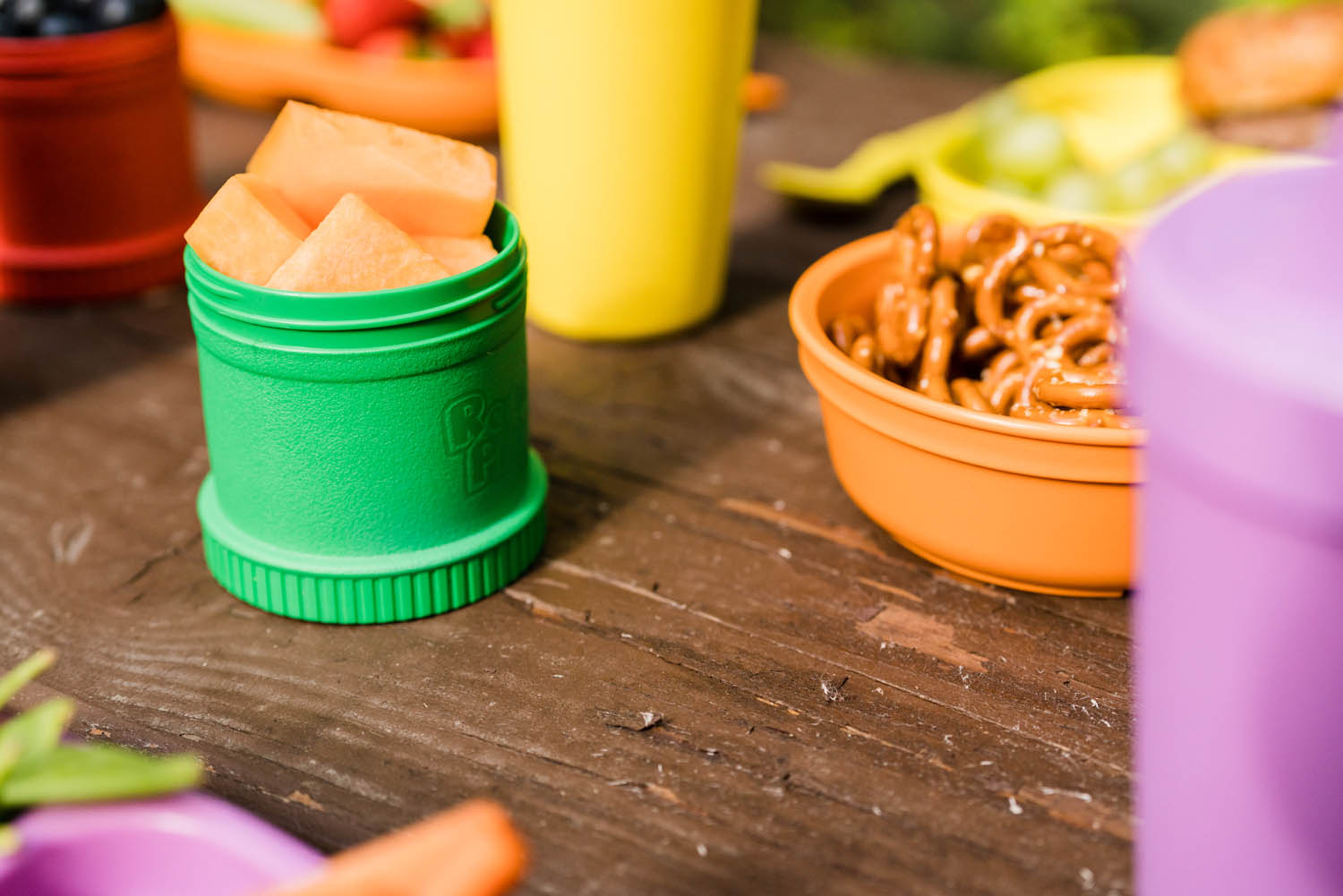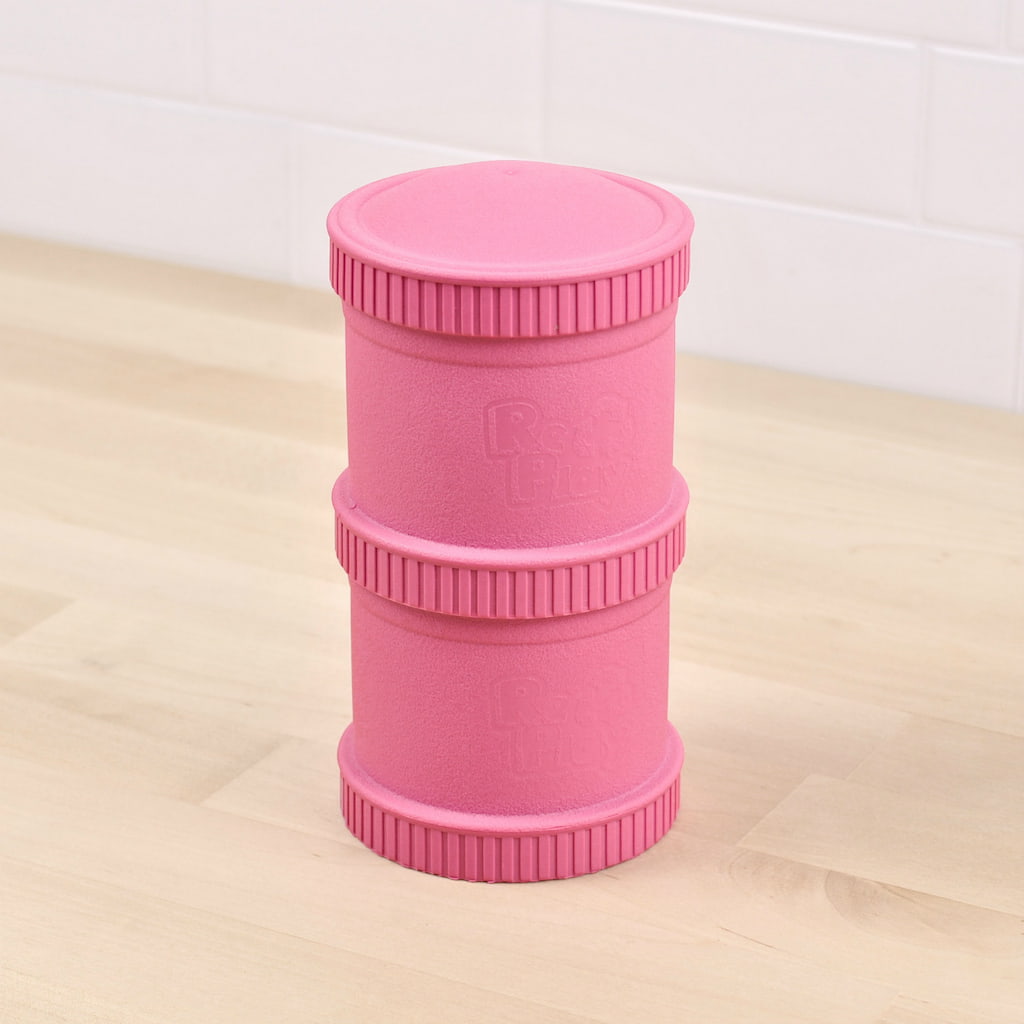
This year, luckily, the word “sustainability” was heard more and more yet it is still a very abstract concept in the holiday rush.From the gifts themselves, over their wrapping and the Christmas decorations, there are still a lot of steps to be taken to get to a sustainable festive season. One of the things I believe one can easily take care of our planet with, is food. I am not going to talk to you about the amount (and the risk of the need of months of dieting starting January 1st), but about what you put on the table.

In Italy food is a huge deal, maybe the most important thing of Christmas celebrations. Italians are known for their good food, and for their habit to talk about food a lot (even while eating). I have to admit that one of the best things of being an expat here is the quality of the food. It took me a while to get used to the importance they attribute to food and the habits they have: certain foods “can” only be eaten in certain times of the year. Originally, these habits respected fully the seasonal production.

Nowadays it is possible to buy almost any type of fruit and vegetable for the Christmas dish (as it is in Belgium): peppers, melons and watermelons from Israel, cherries and mango from South- America, to not mention the types of vegetables that normally only grow in Spring or Summer, but for the occasion get imported from everywhere to be served at the end of December.
Of course it is appealing to buy big, juicy strawberries and they really look nice on a red-and-gold decorated table, but if you think of how they got there, the joy kind of disappears. Imported food has such a huge carbon print: wrapped inevitably in plastic for its trip, flown over by airplane and then distributed by truck, and often even deep frozen or treated with chemicals for the trip so they get “fresh” to your table. Looks good, tastes good, but is really not green.

So I promised myself to serve only local food, even though that means the choice get restricted and the colours of the food are less bright (food that grows in winter is less colourful, that’s a fact). I will spend Christmas in Belgium, and that means the choice will be even less than in Italy: cabbage, potatoes and leek will be my go-to solution...At least one good thing of the holidays: there is normal also wine to add some more taste and colour...and also for that, the goal is to go local!
Wishing you all very nice holidays, enjoy the seasonal food! Ilse

![[MEDIA] DECEMBER 25, 2025](http://borderlesscreations.com/cdn/shop/articles/MEDIA_4.png?crop=region&crop_height=1080&crop_left=0&crop_top=0&crop_width=1080&v=1766622527&width=1080)
![[MEDIA] DECEMBER 2, 2025](http://borderlesscreations.com/cdn/shop/articles/MEDIA_3.png?crop=region&crop_height=1080&crop_left=0&crop_top=0&crop_width=1080&v=1764653760&width=1080)
